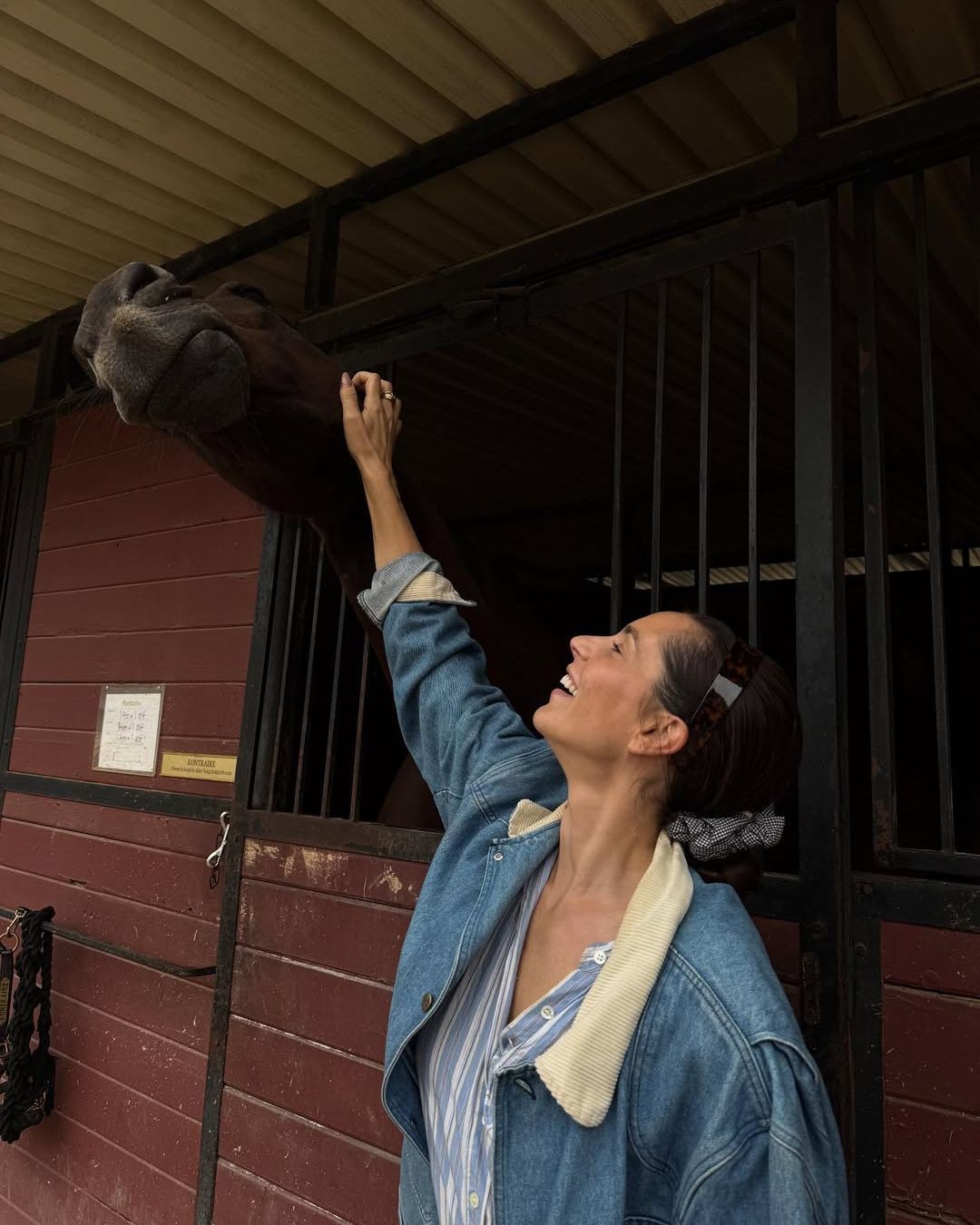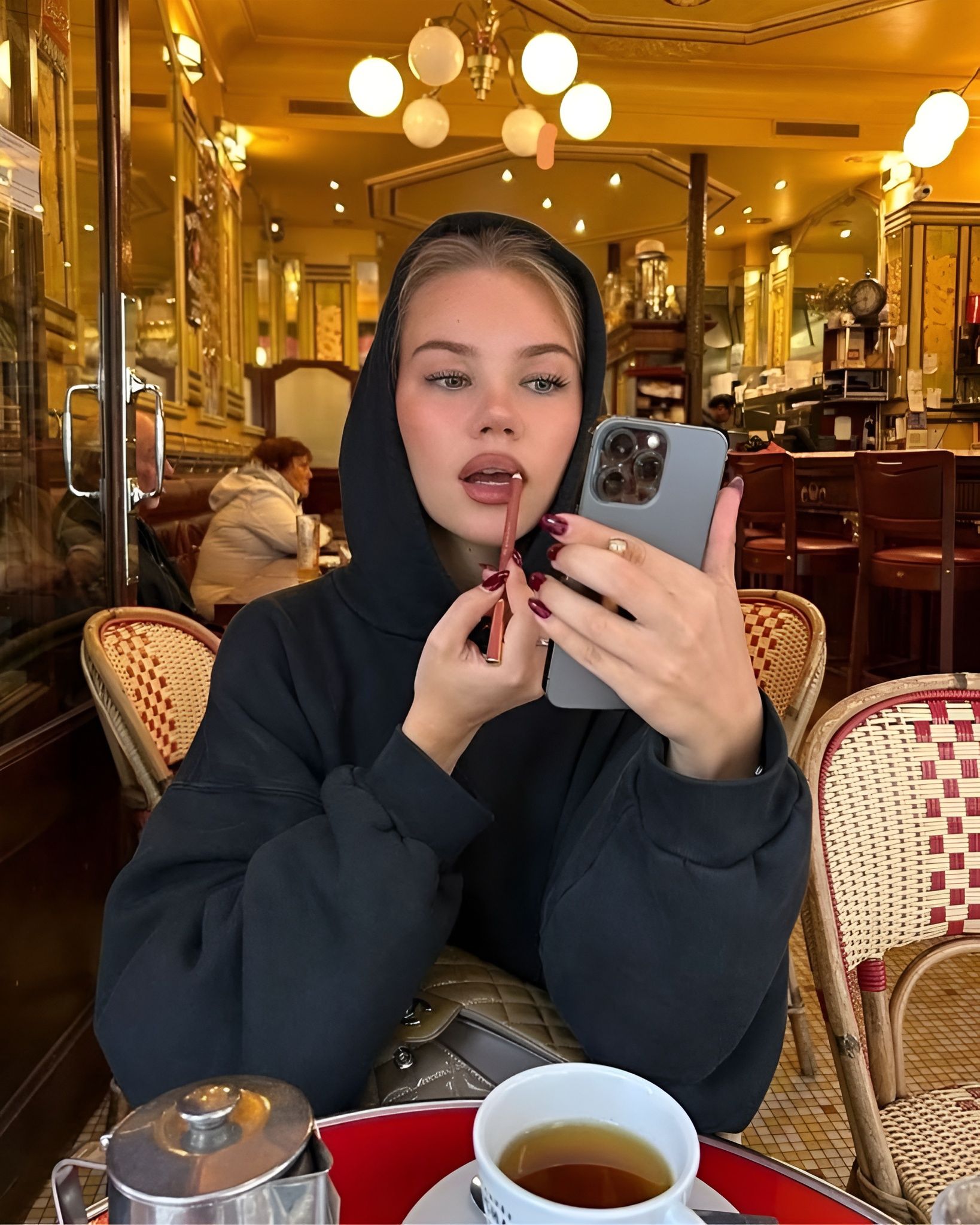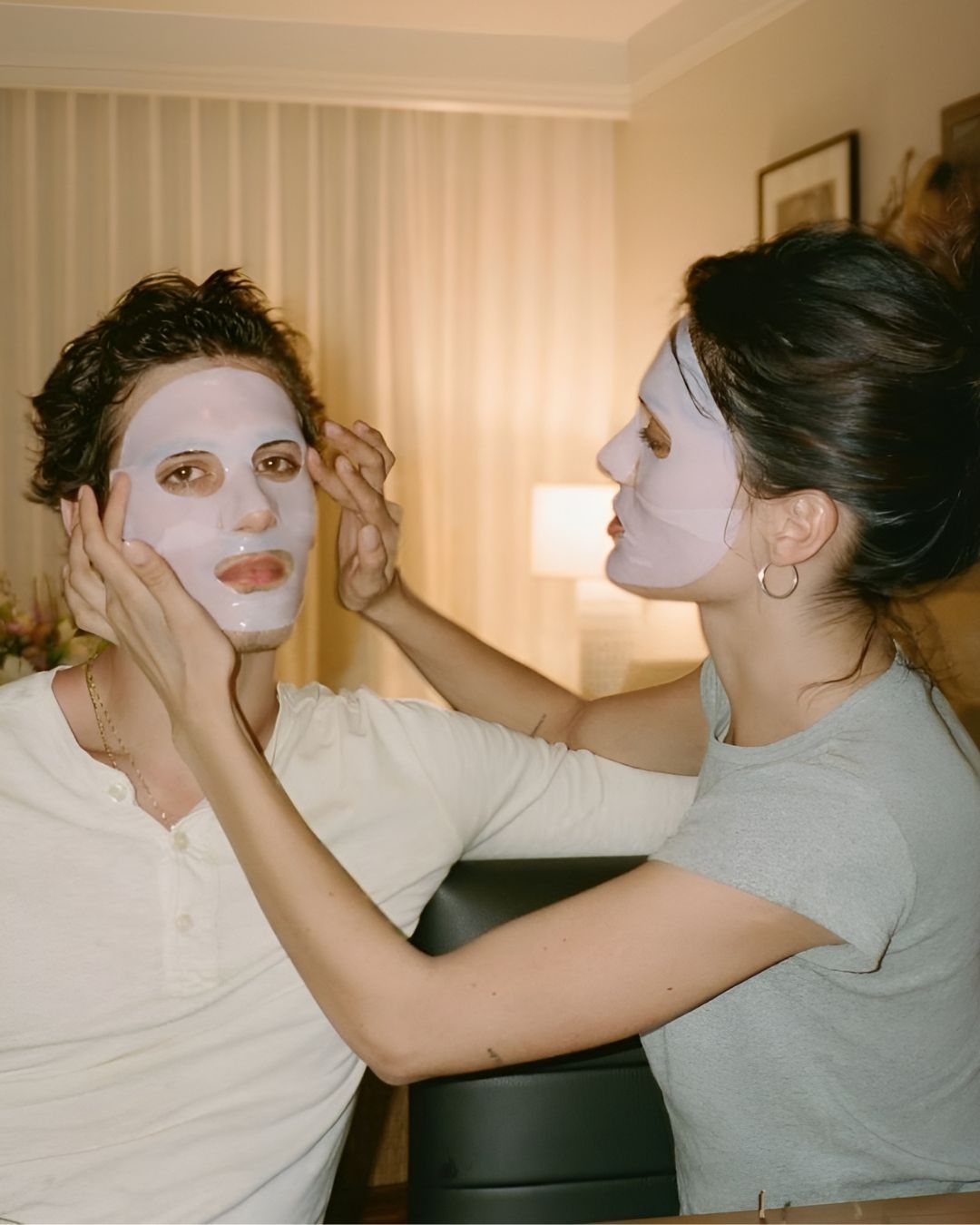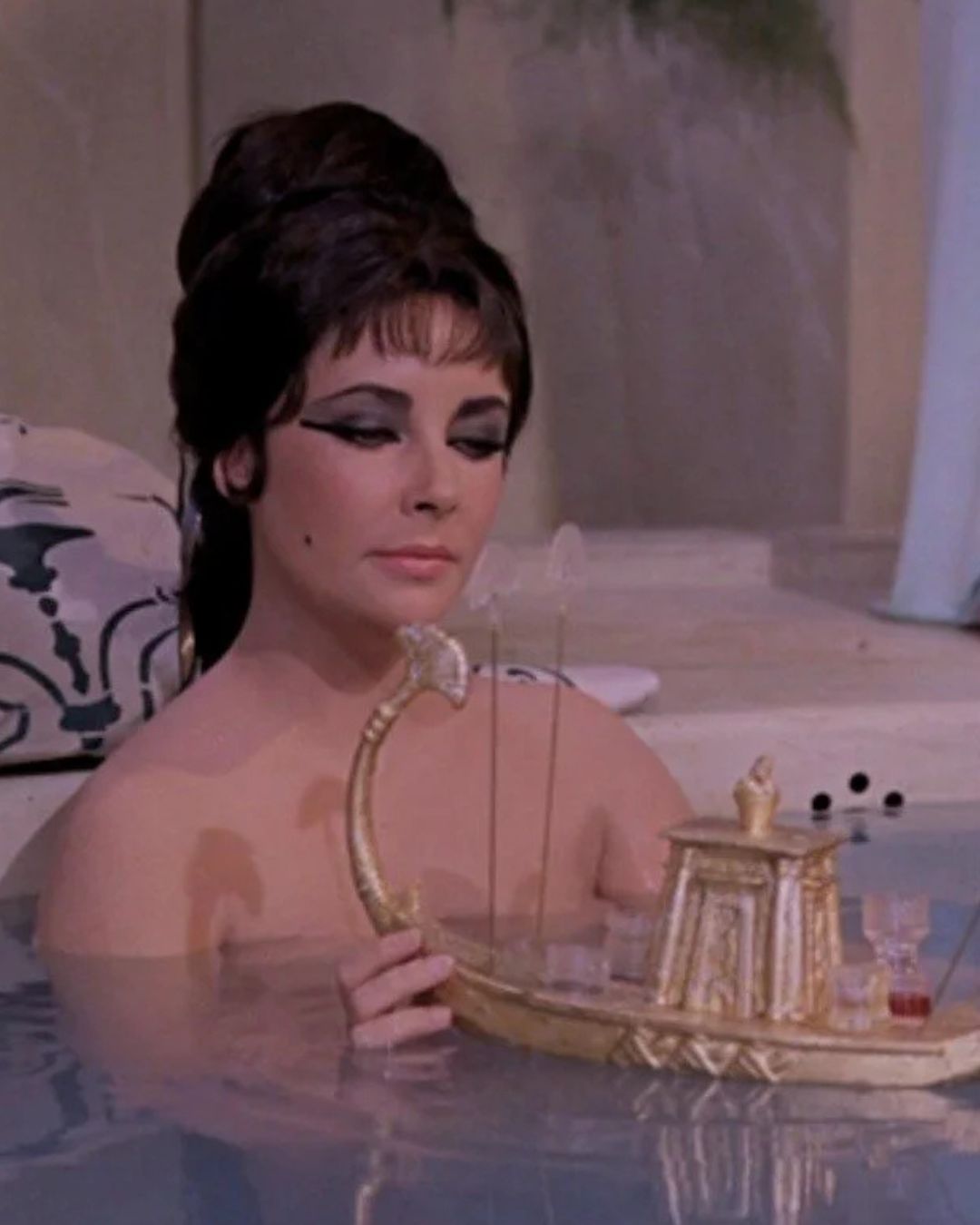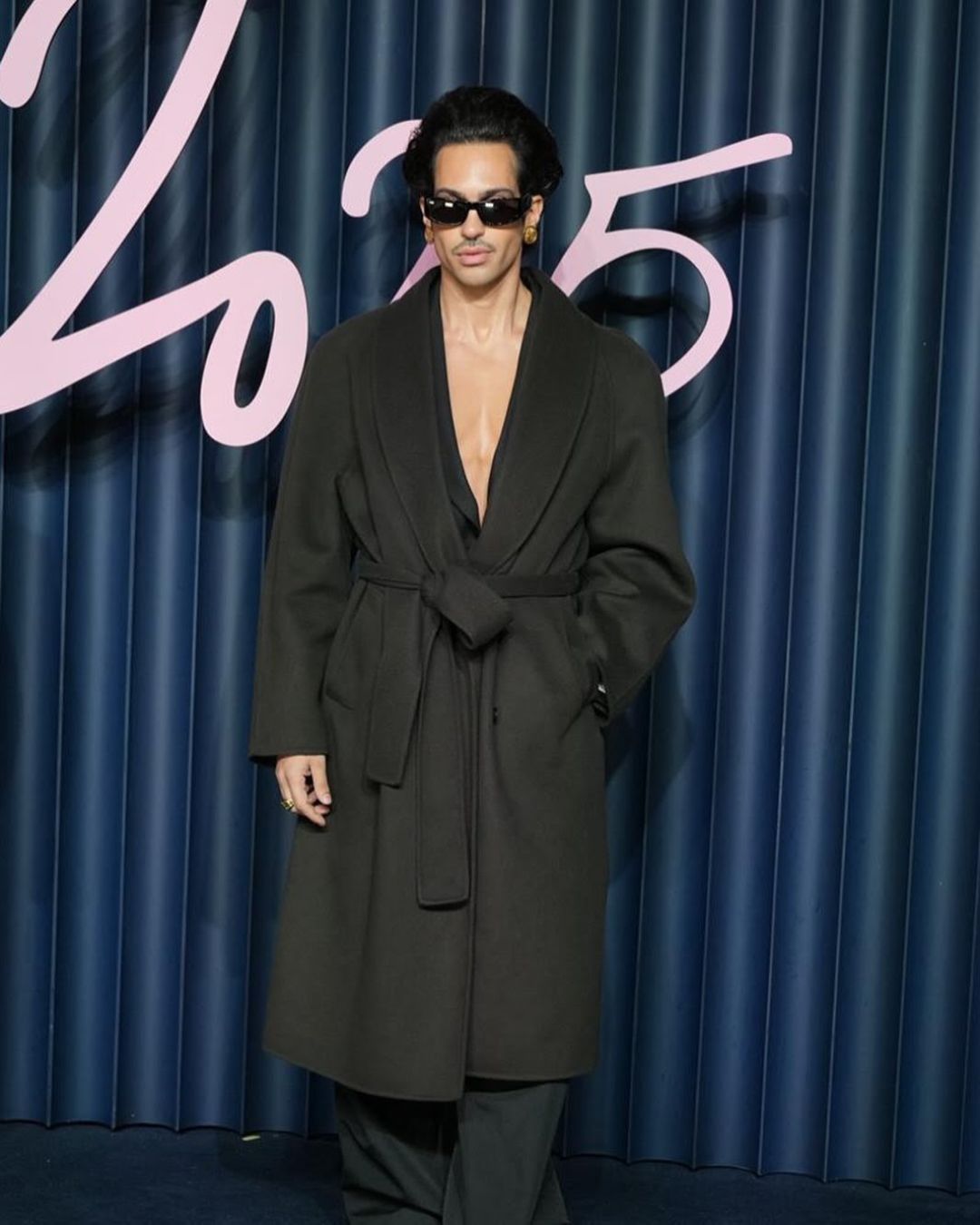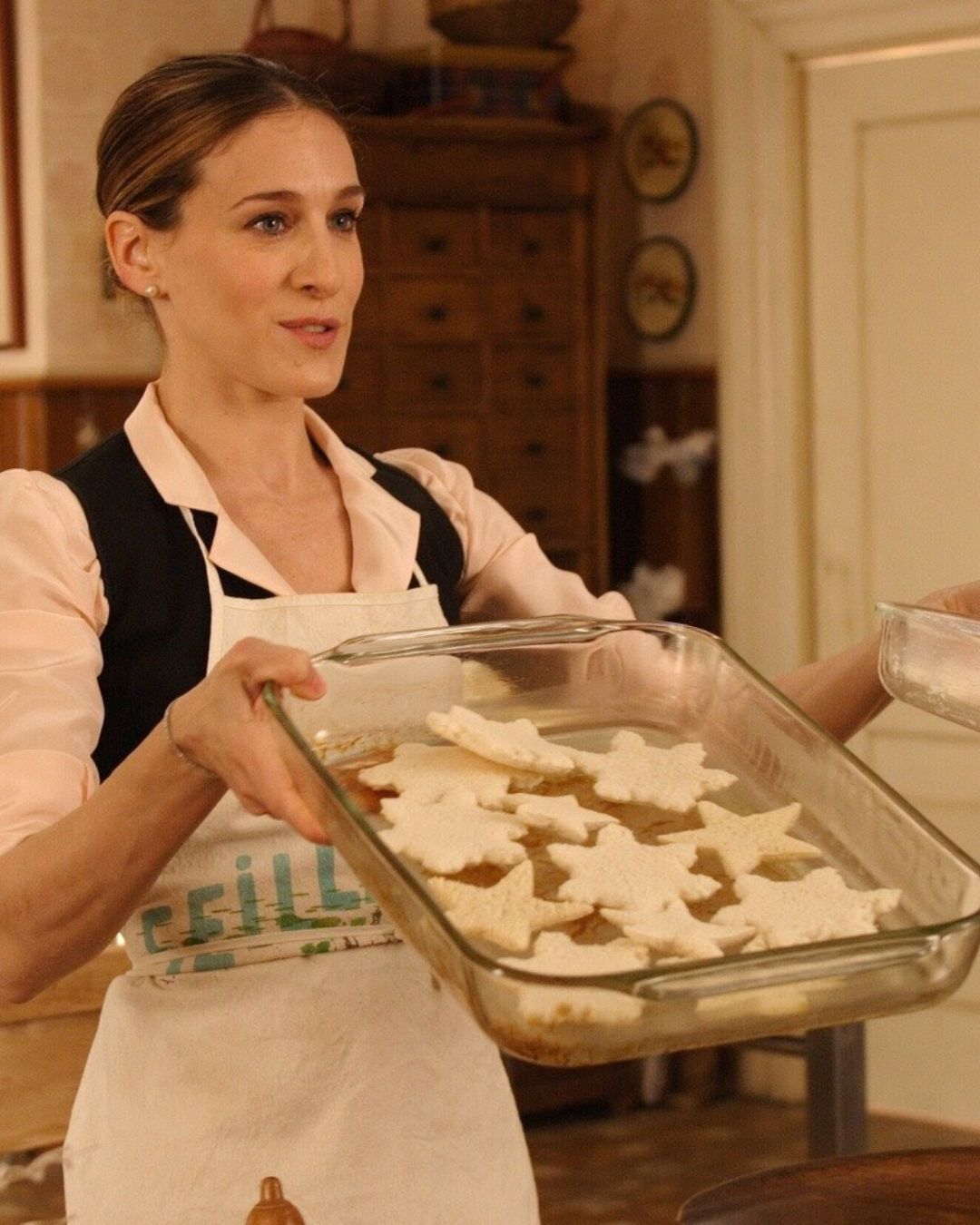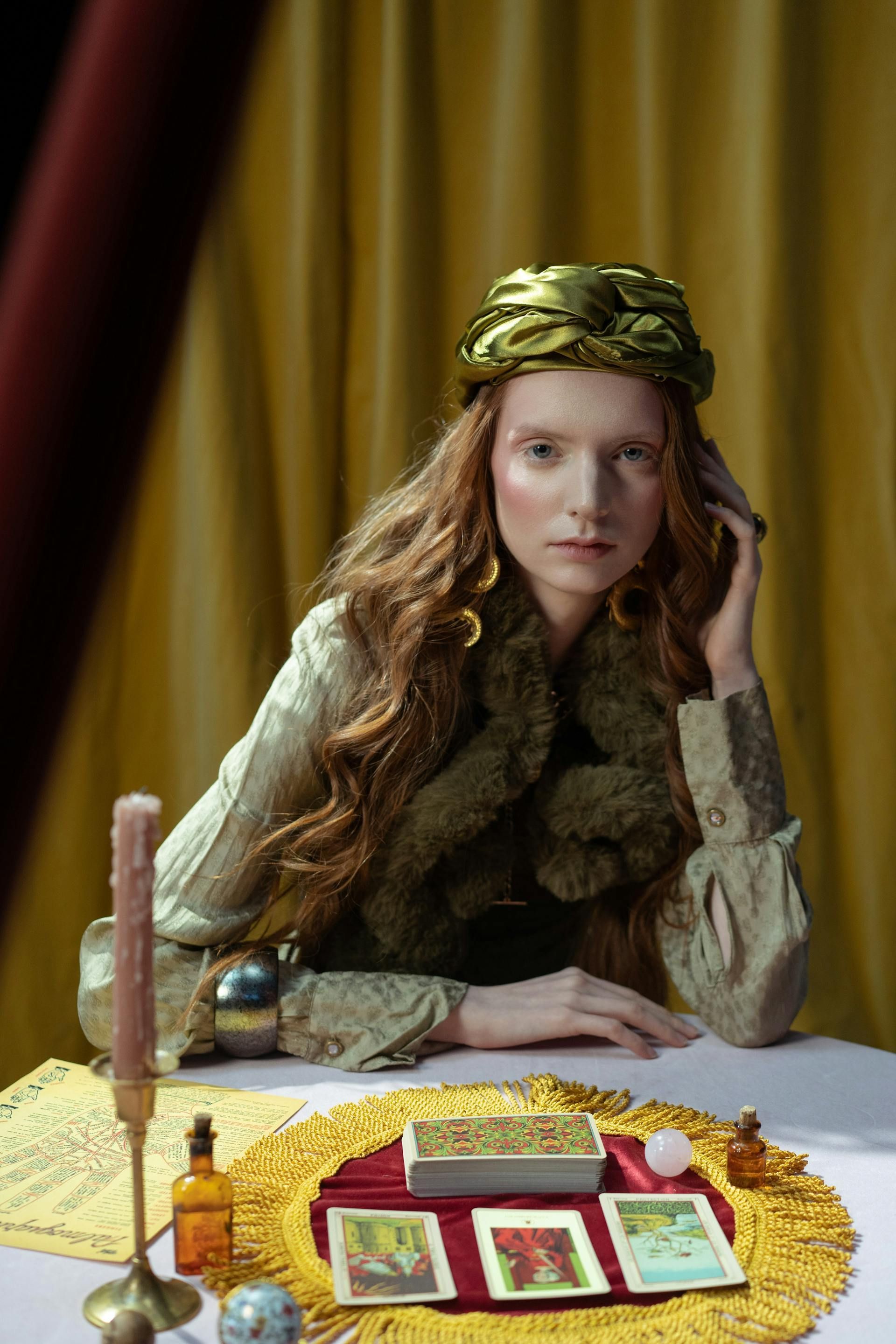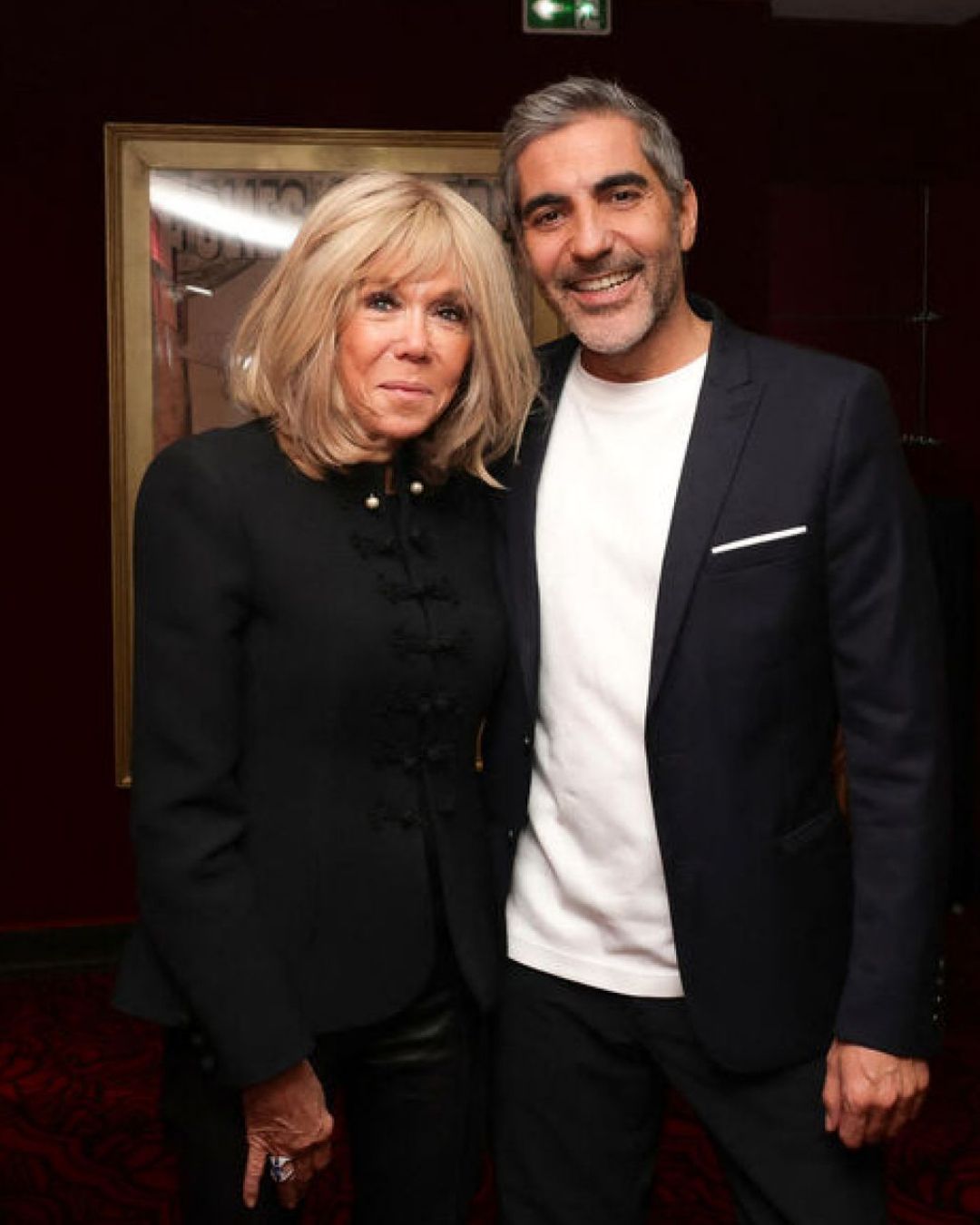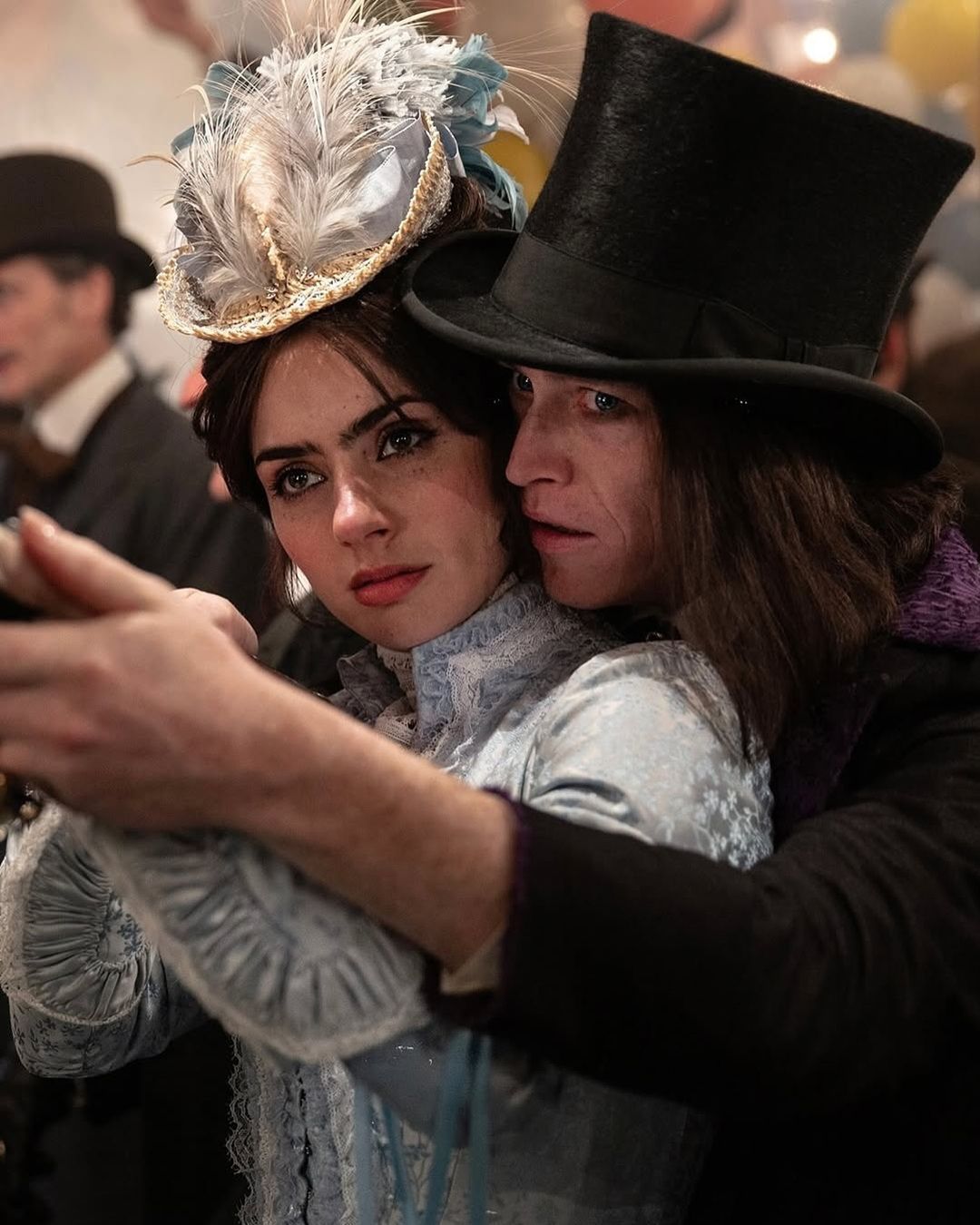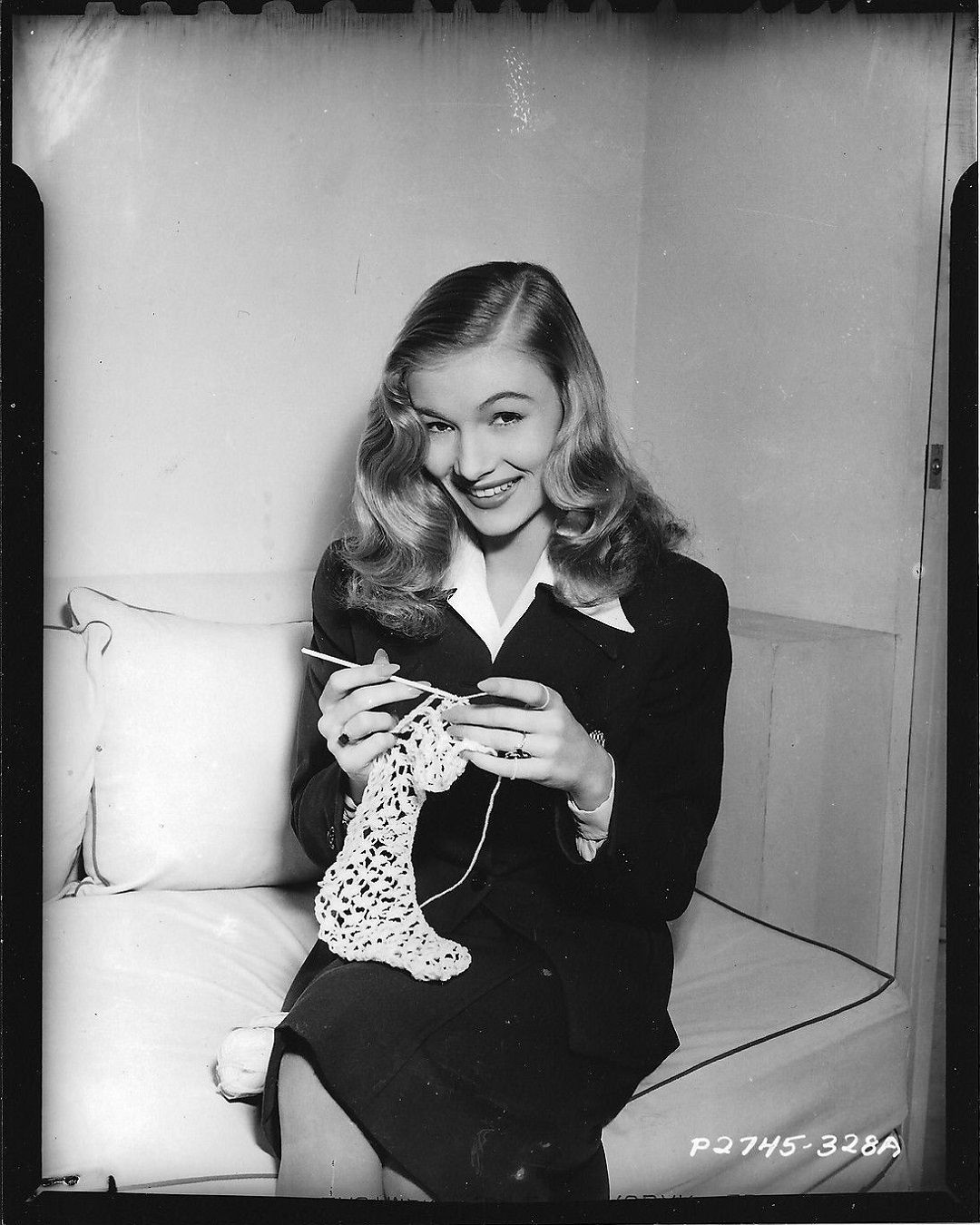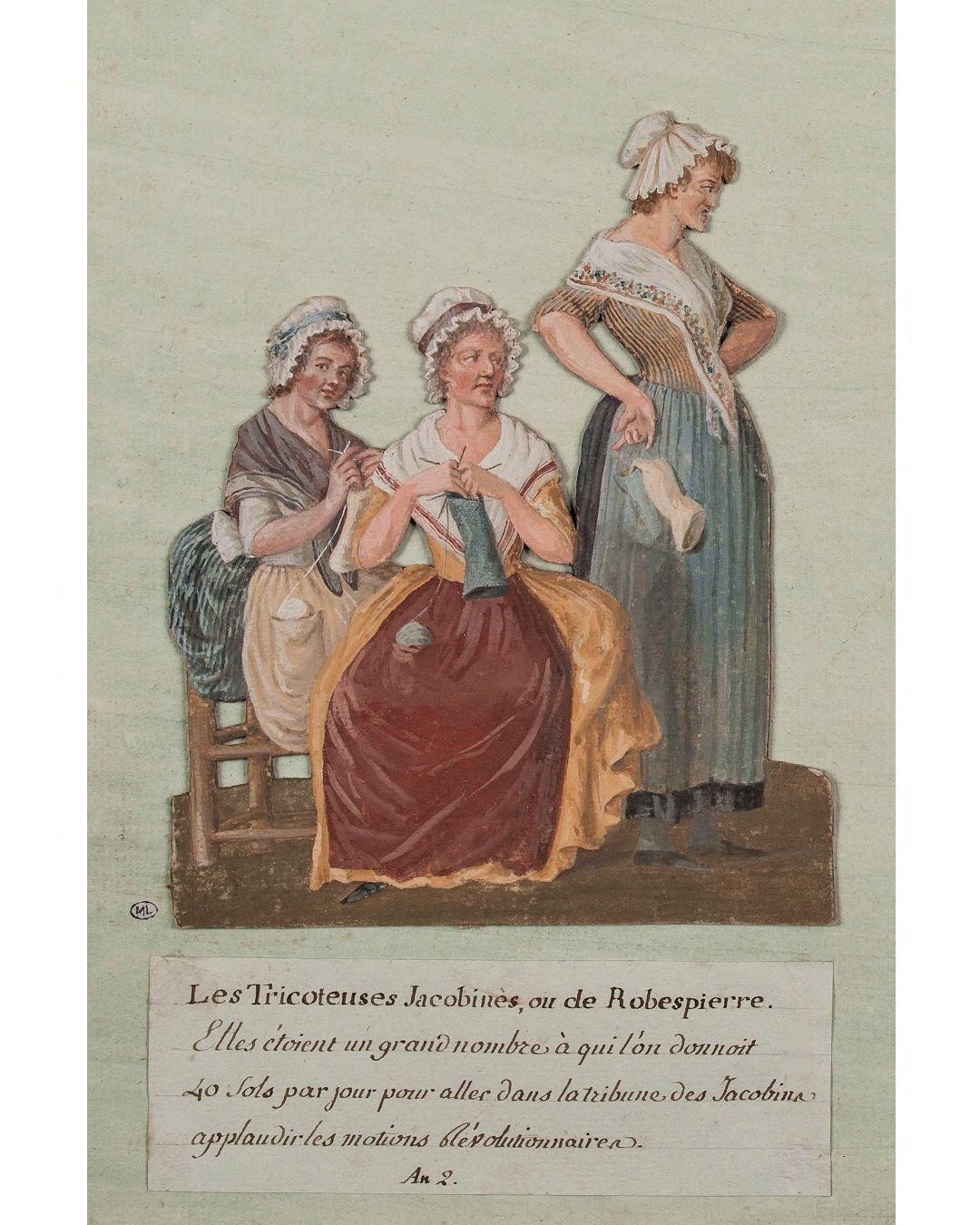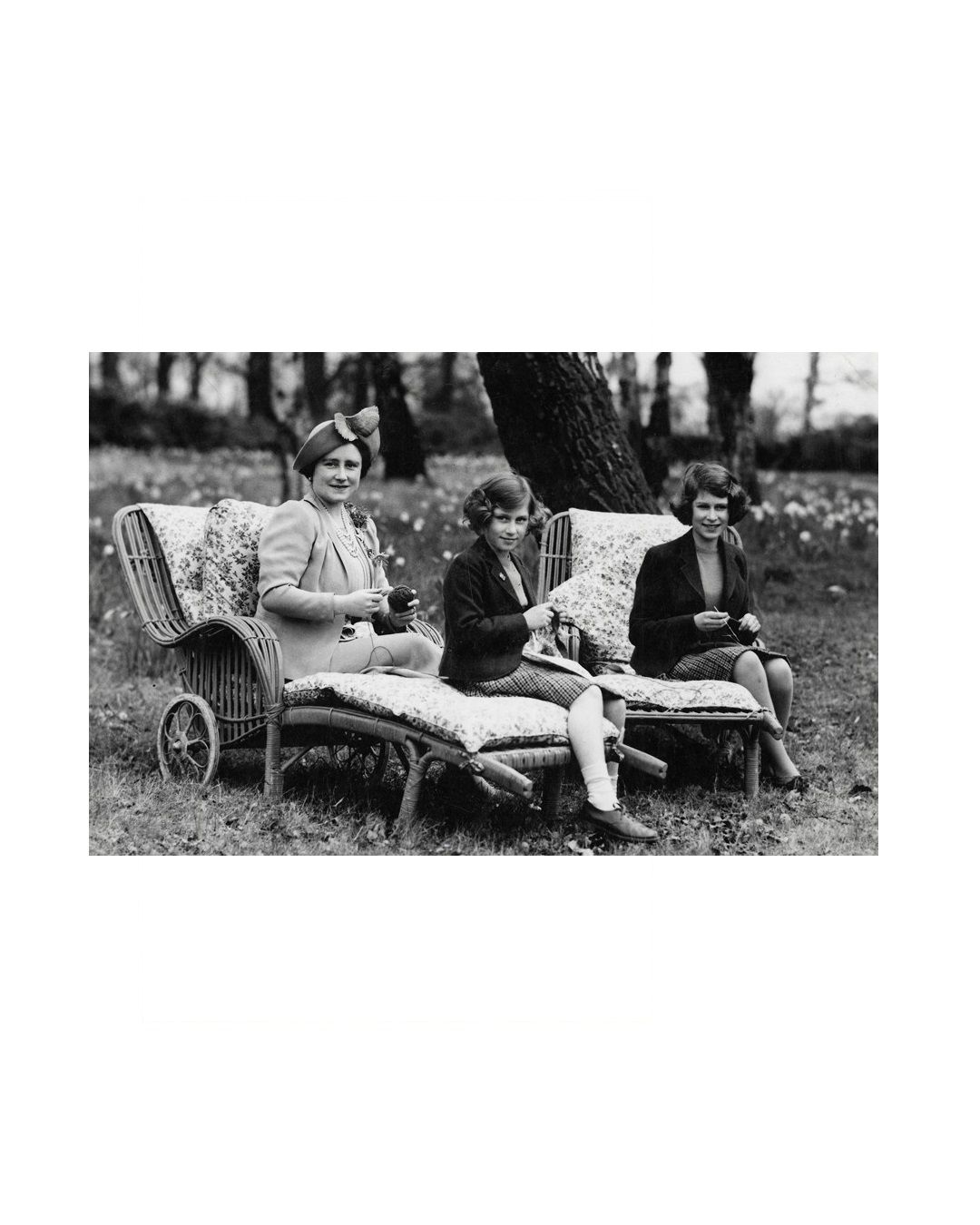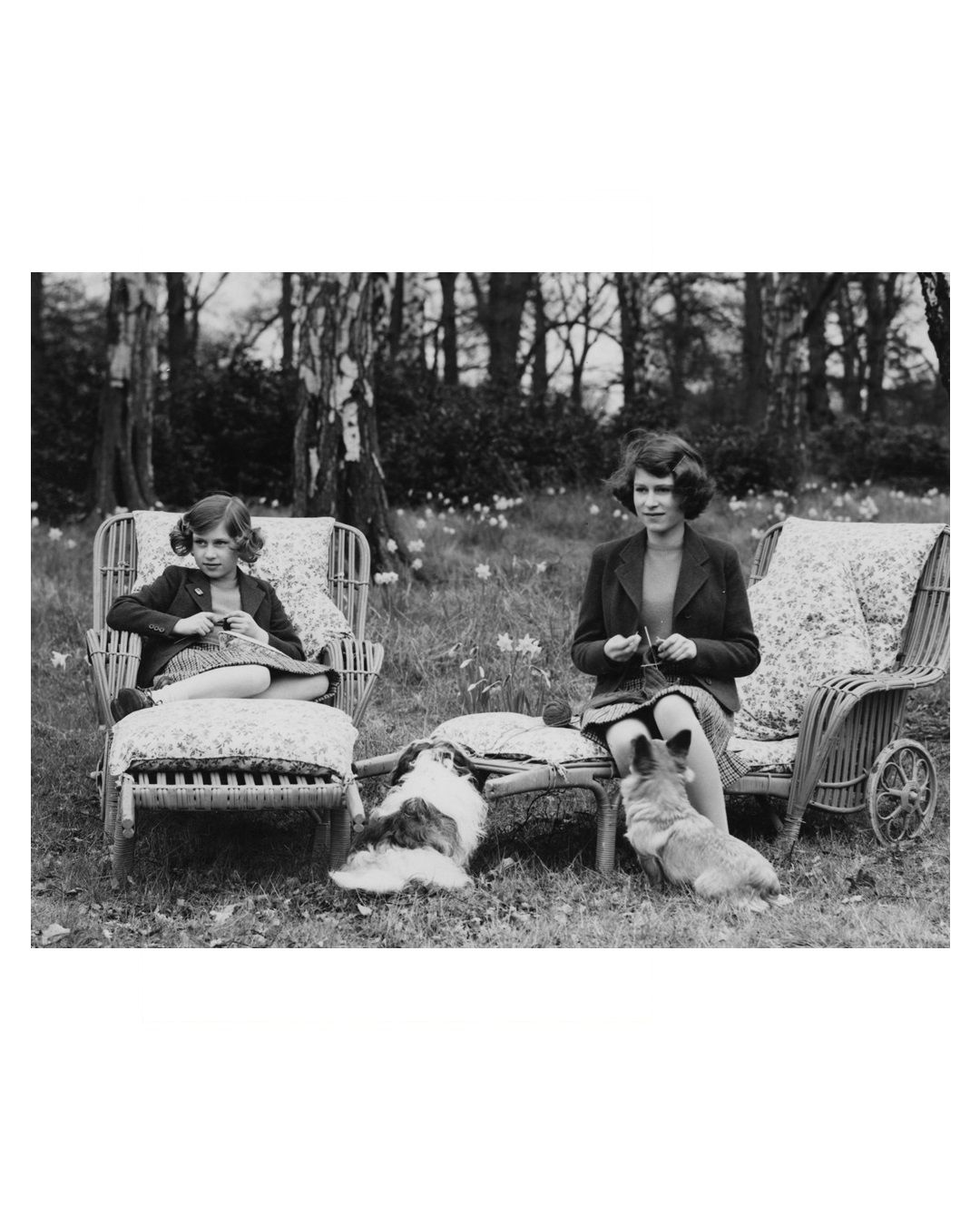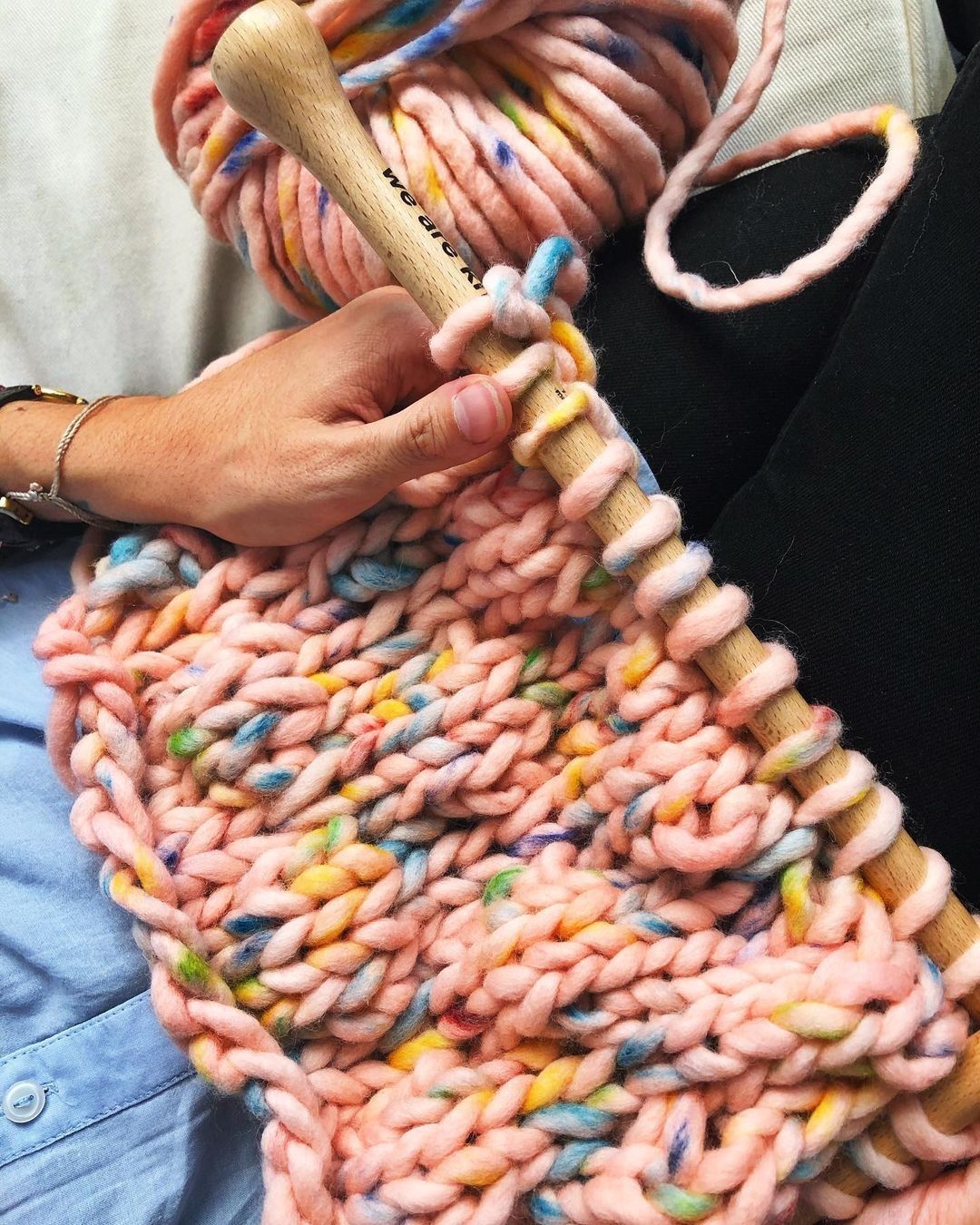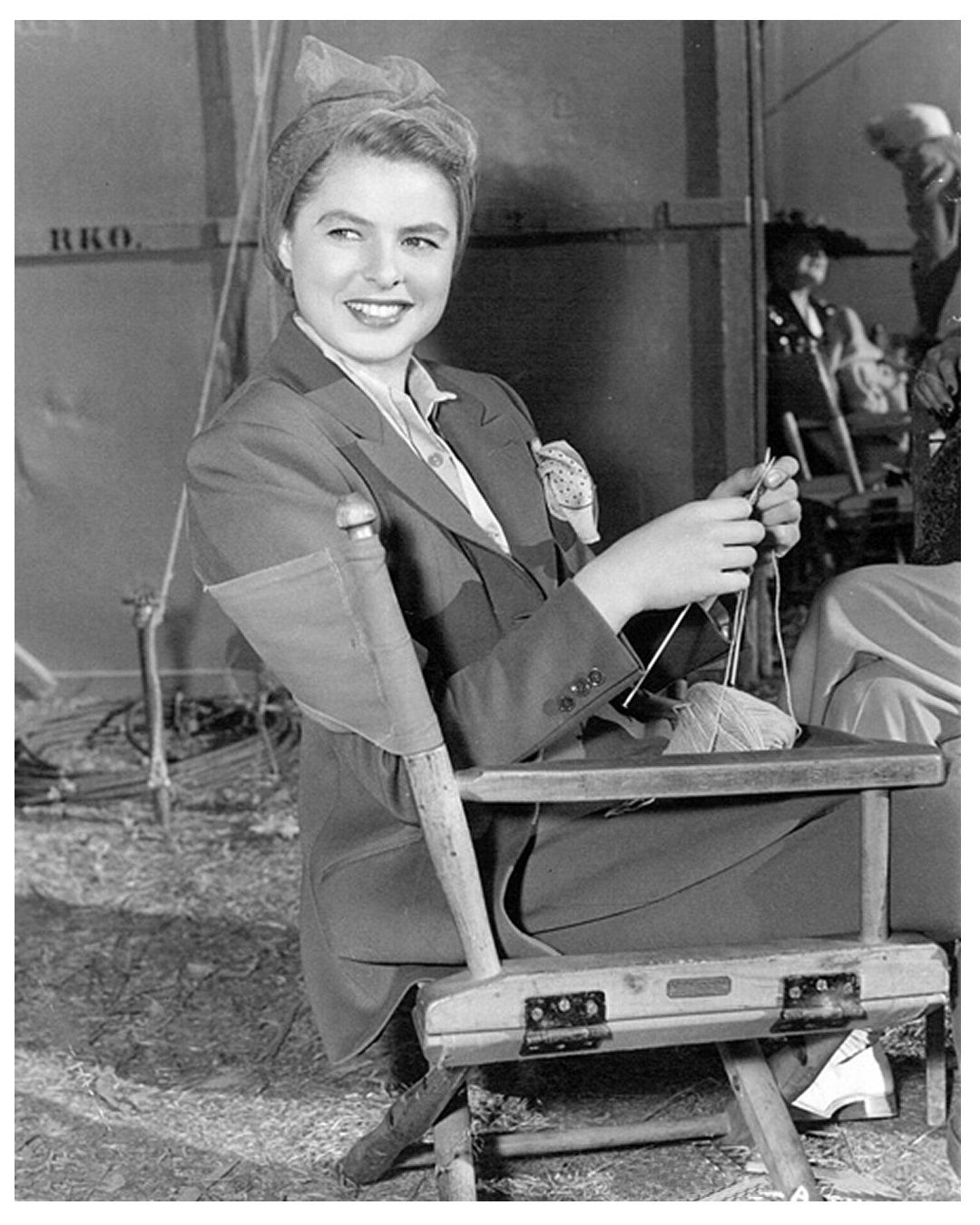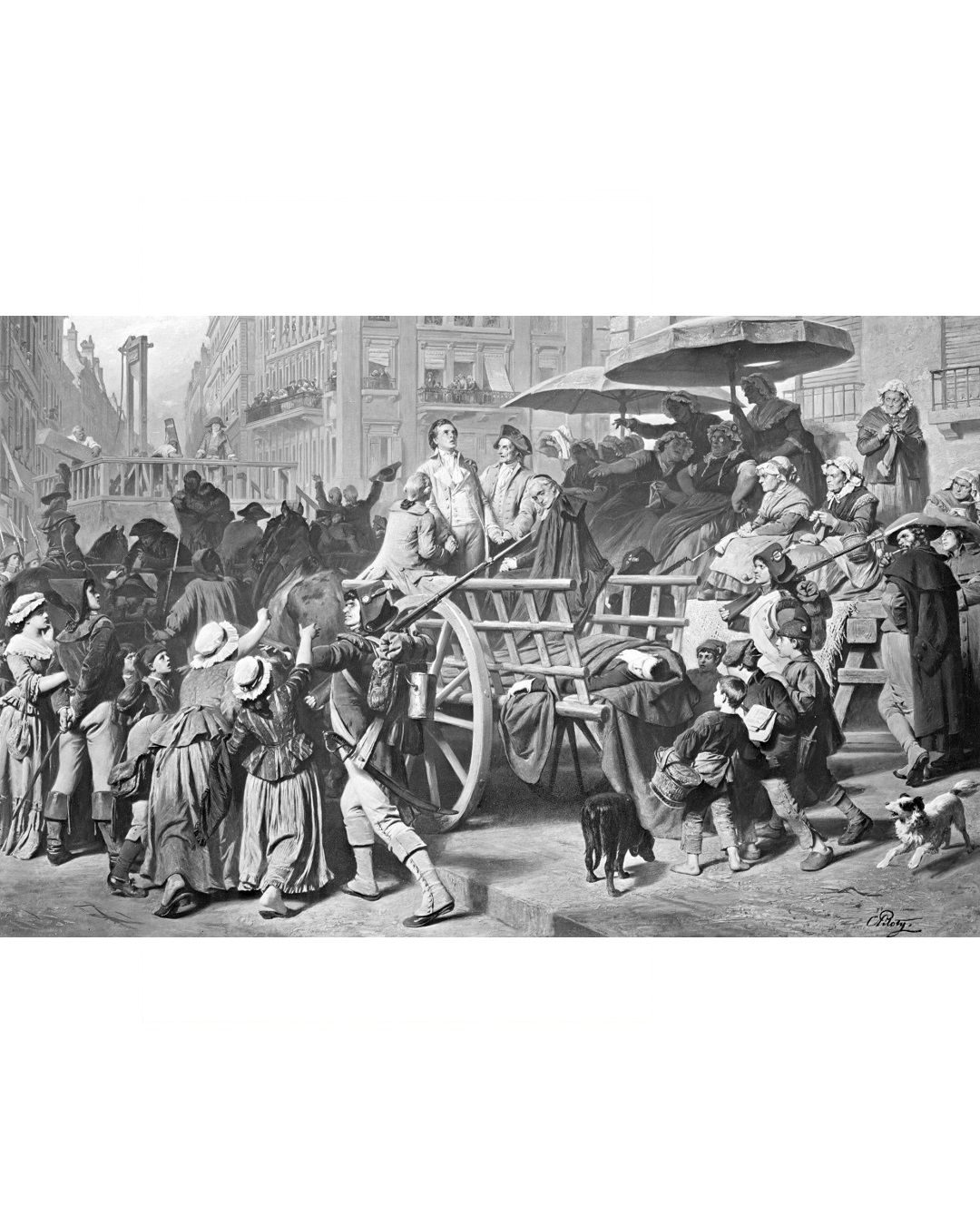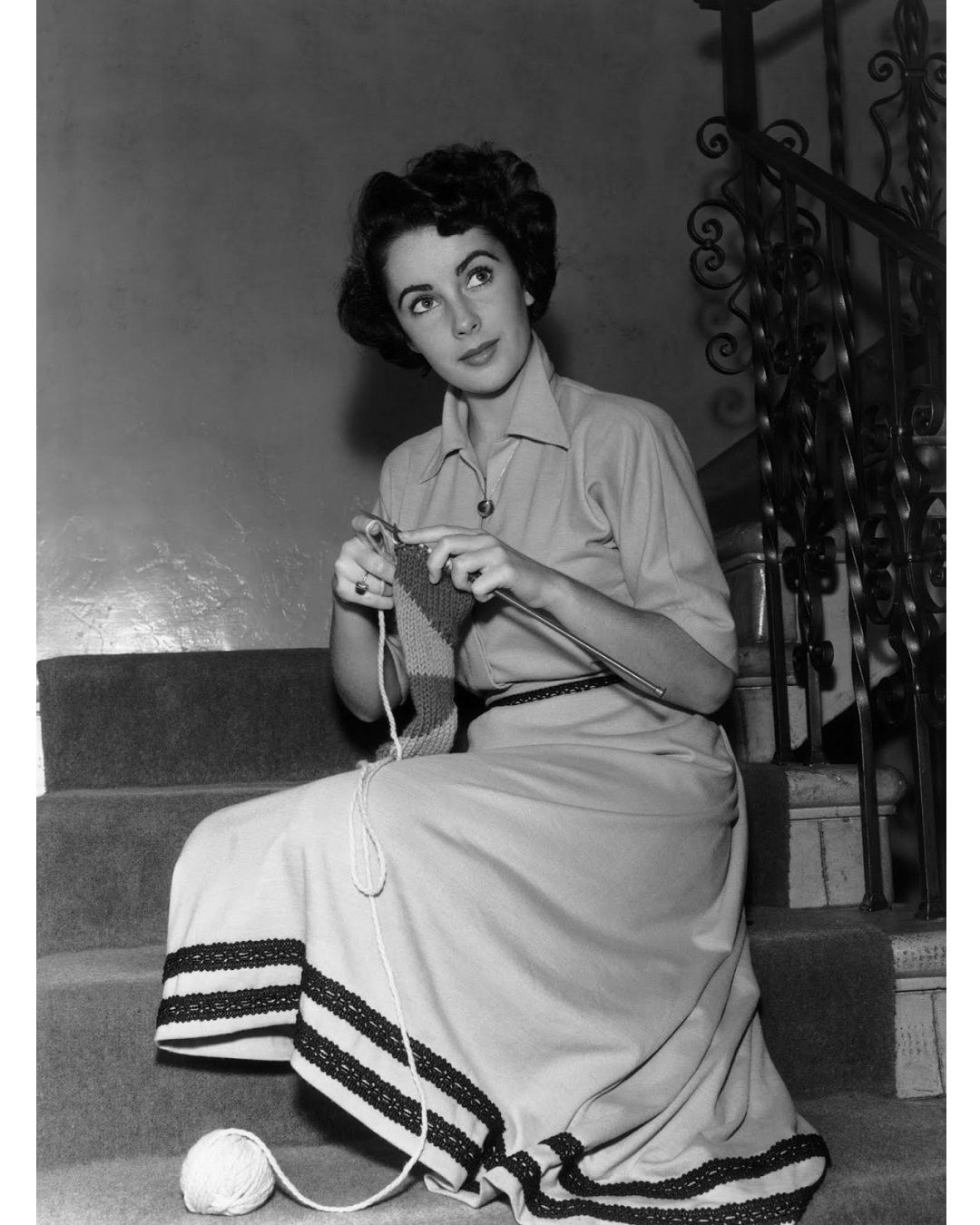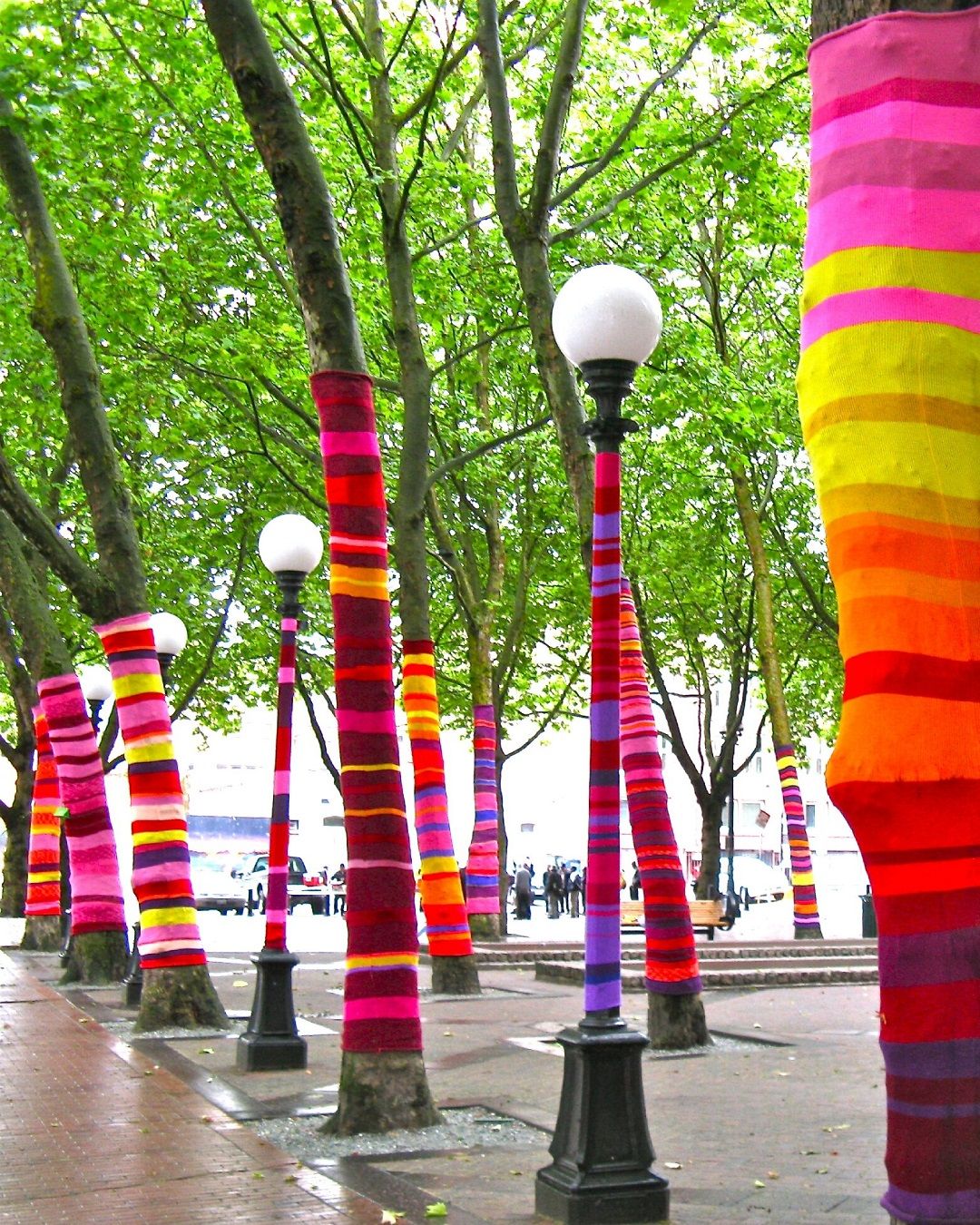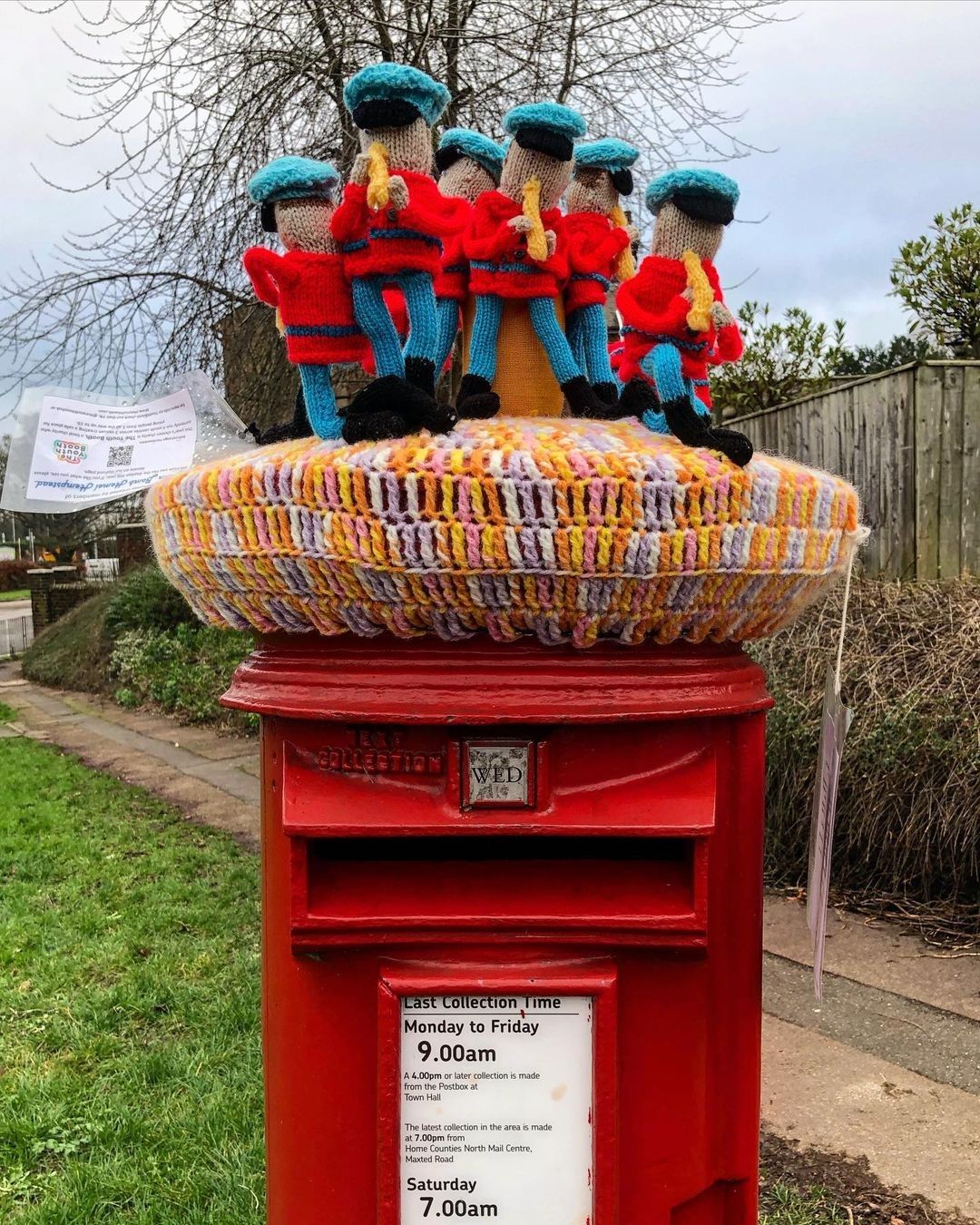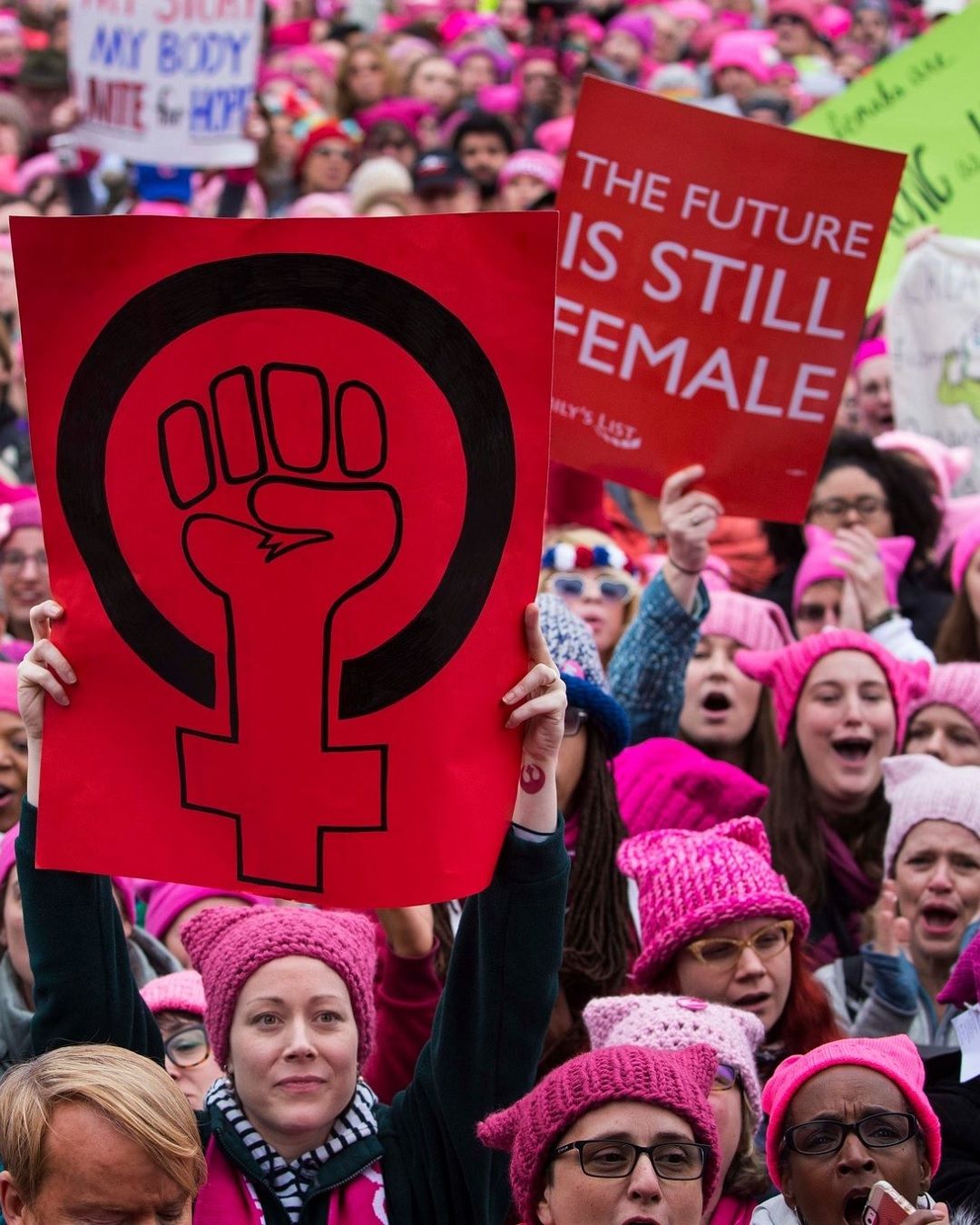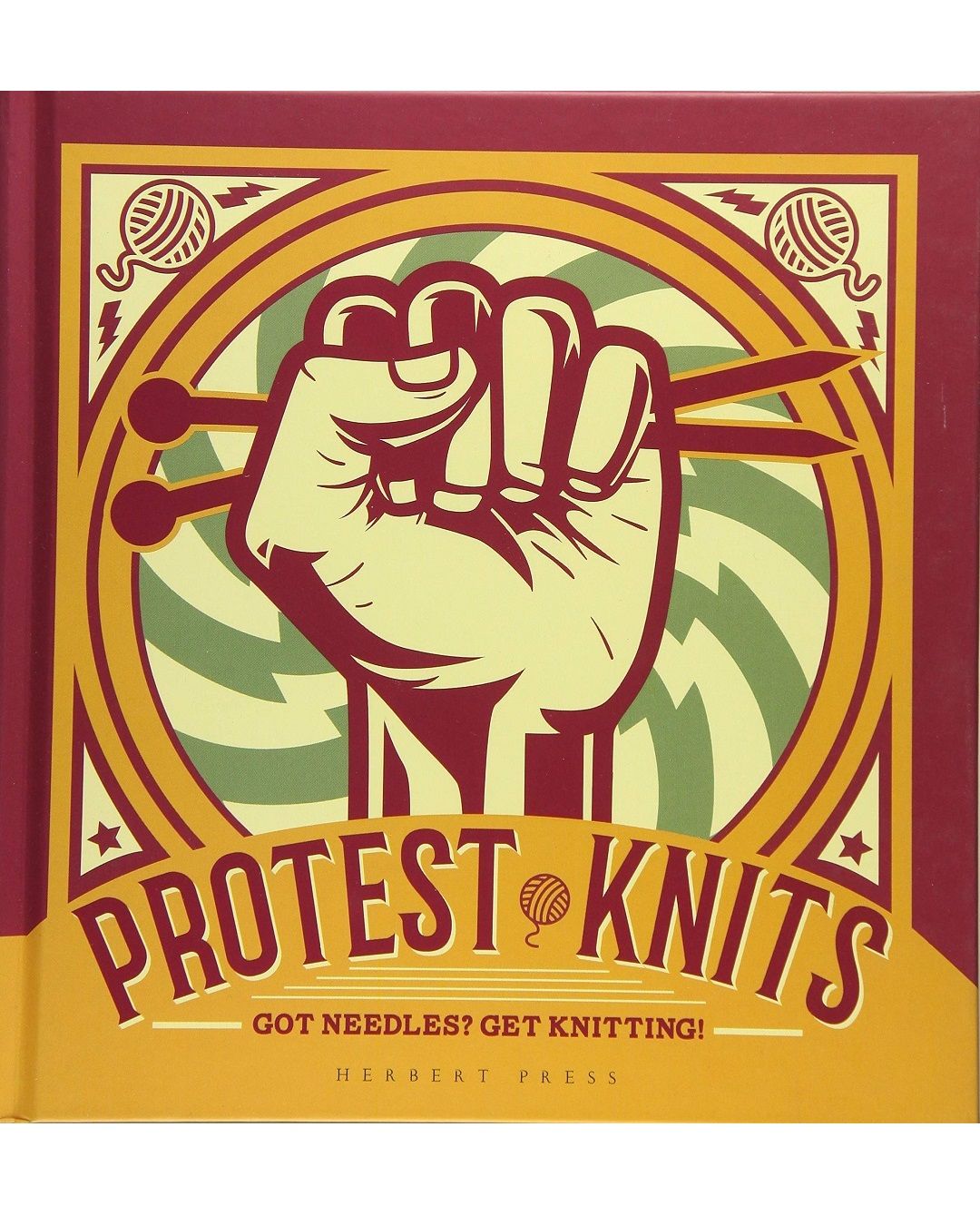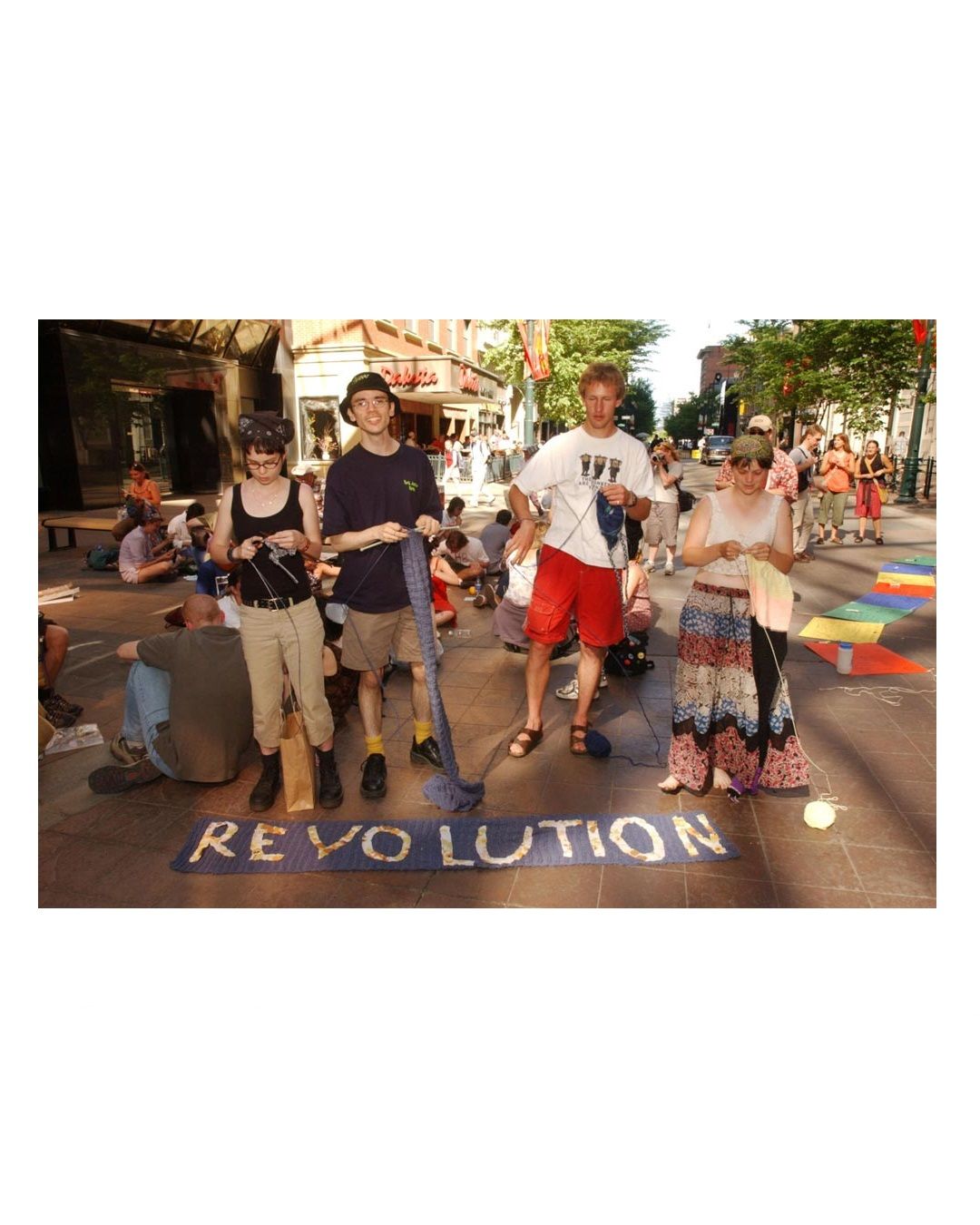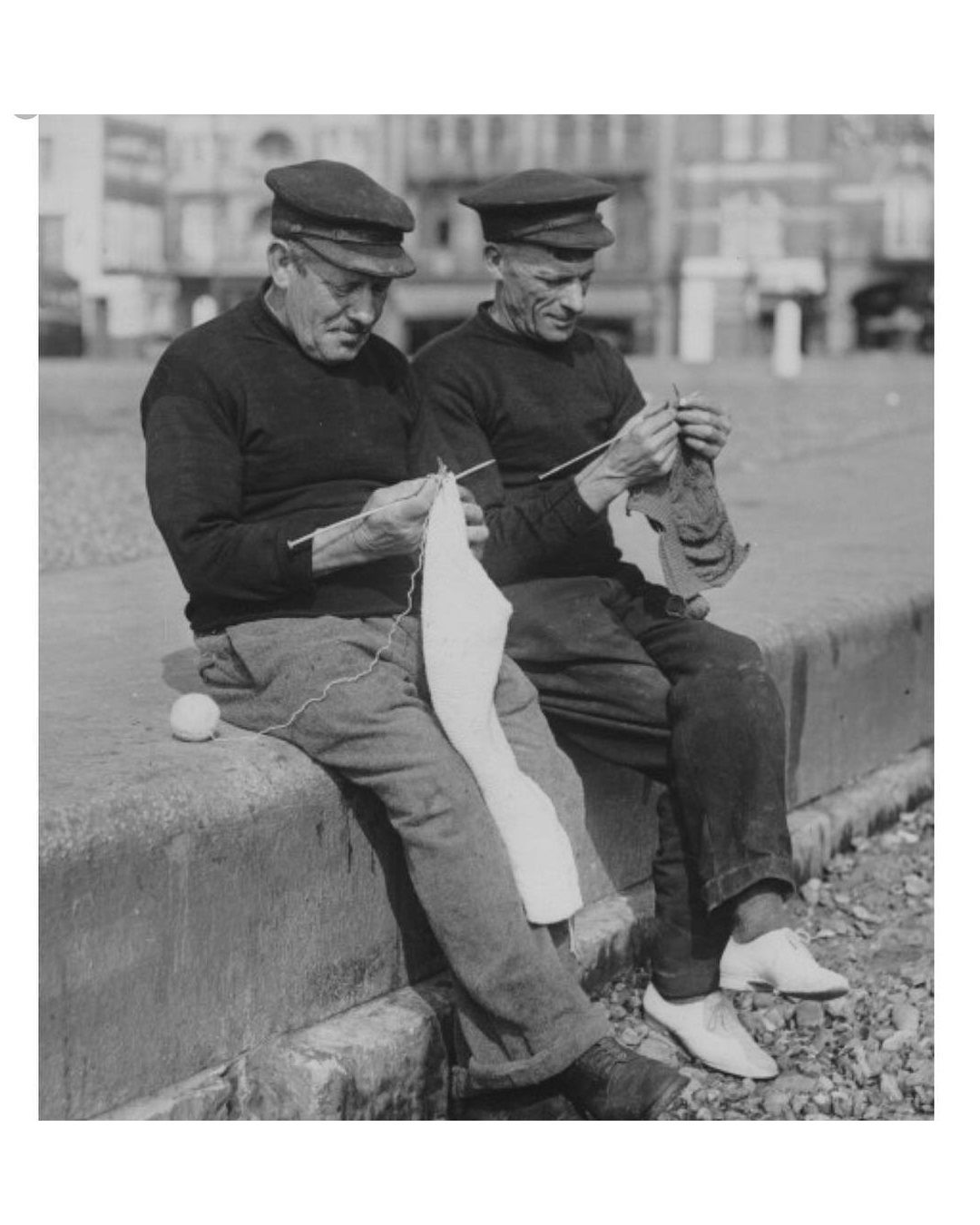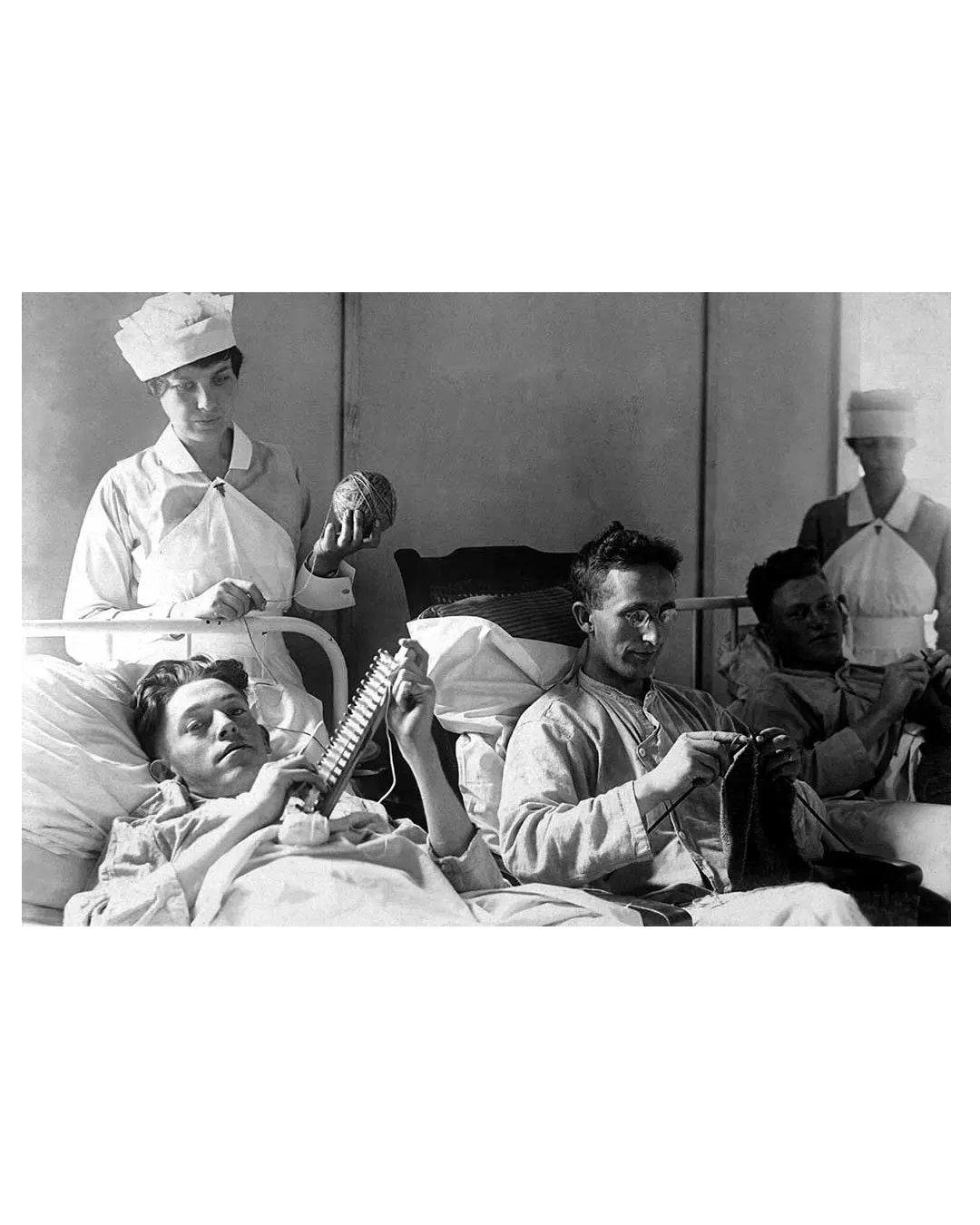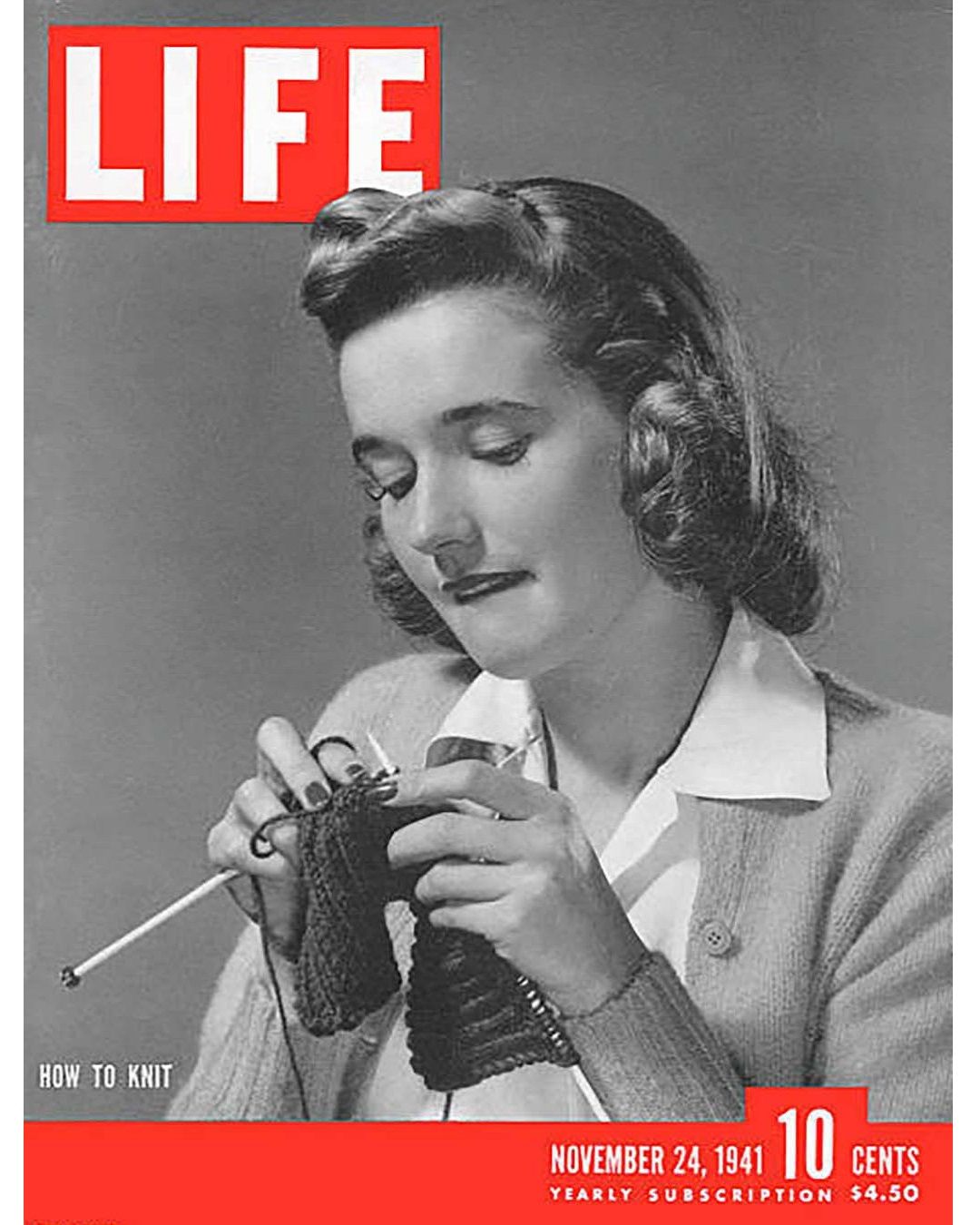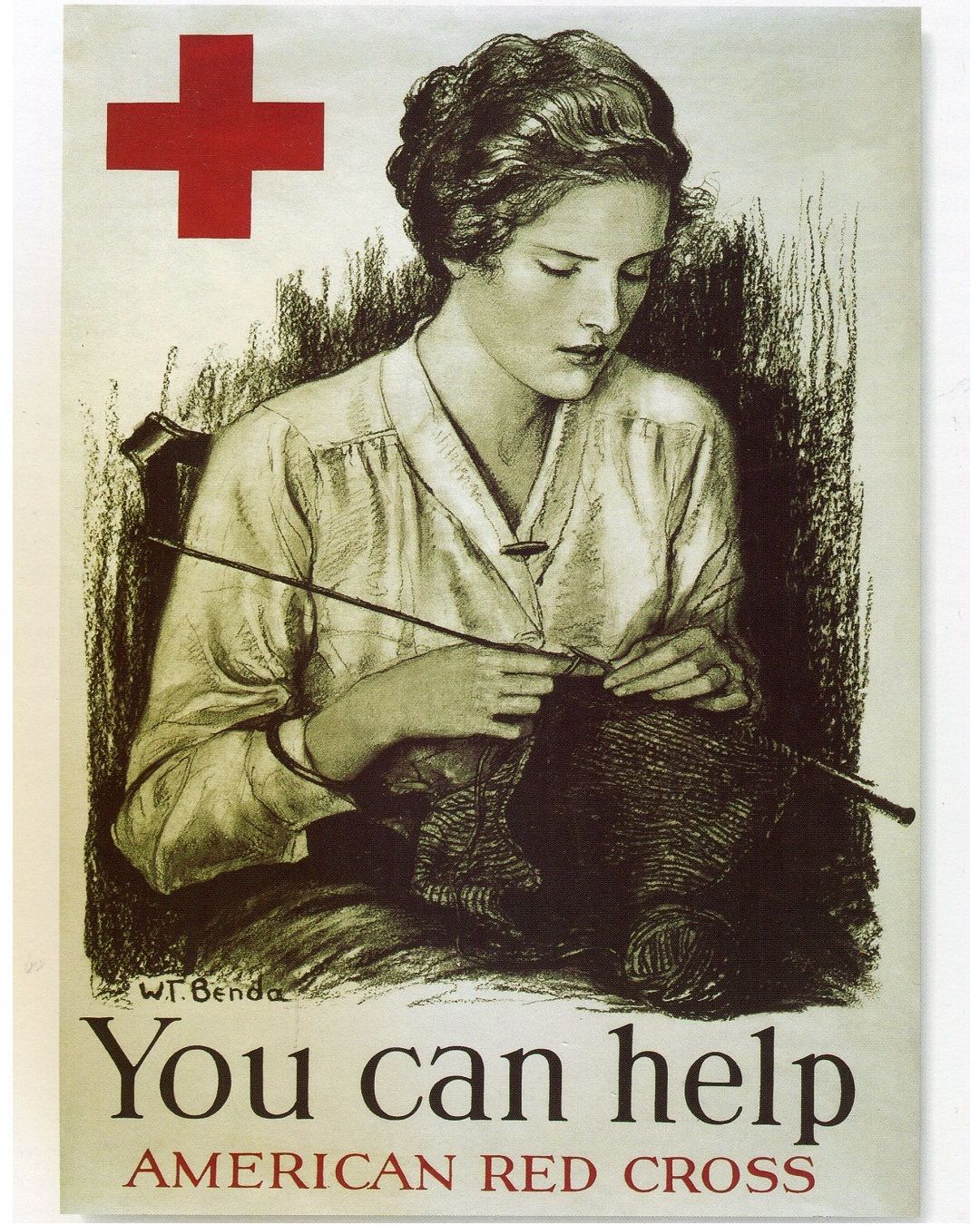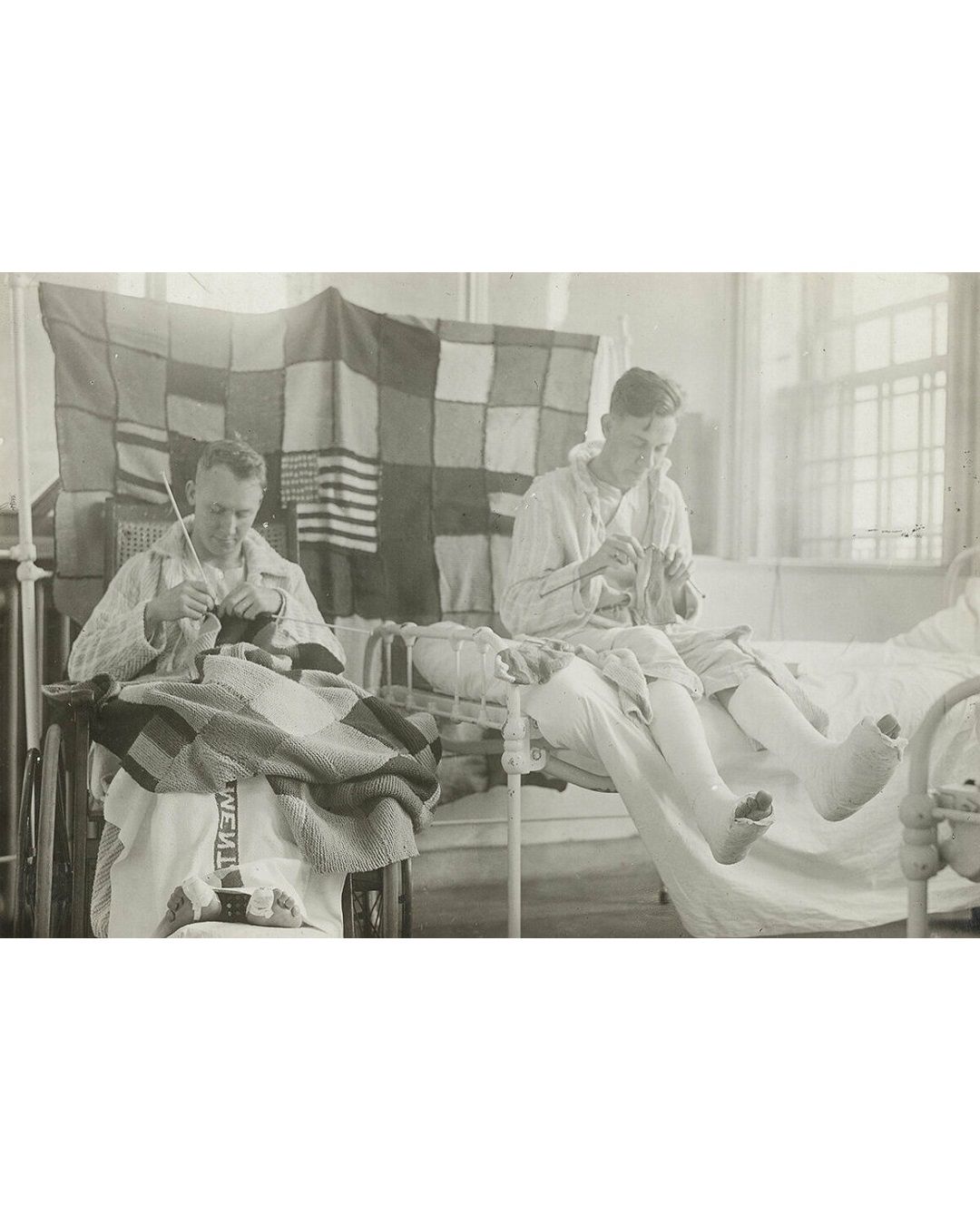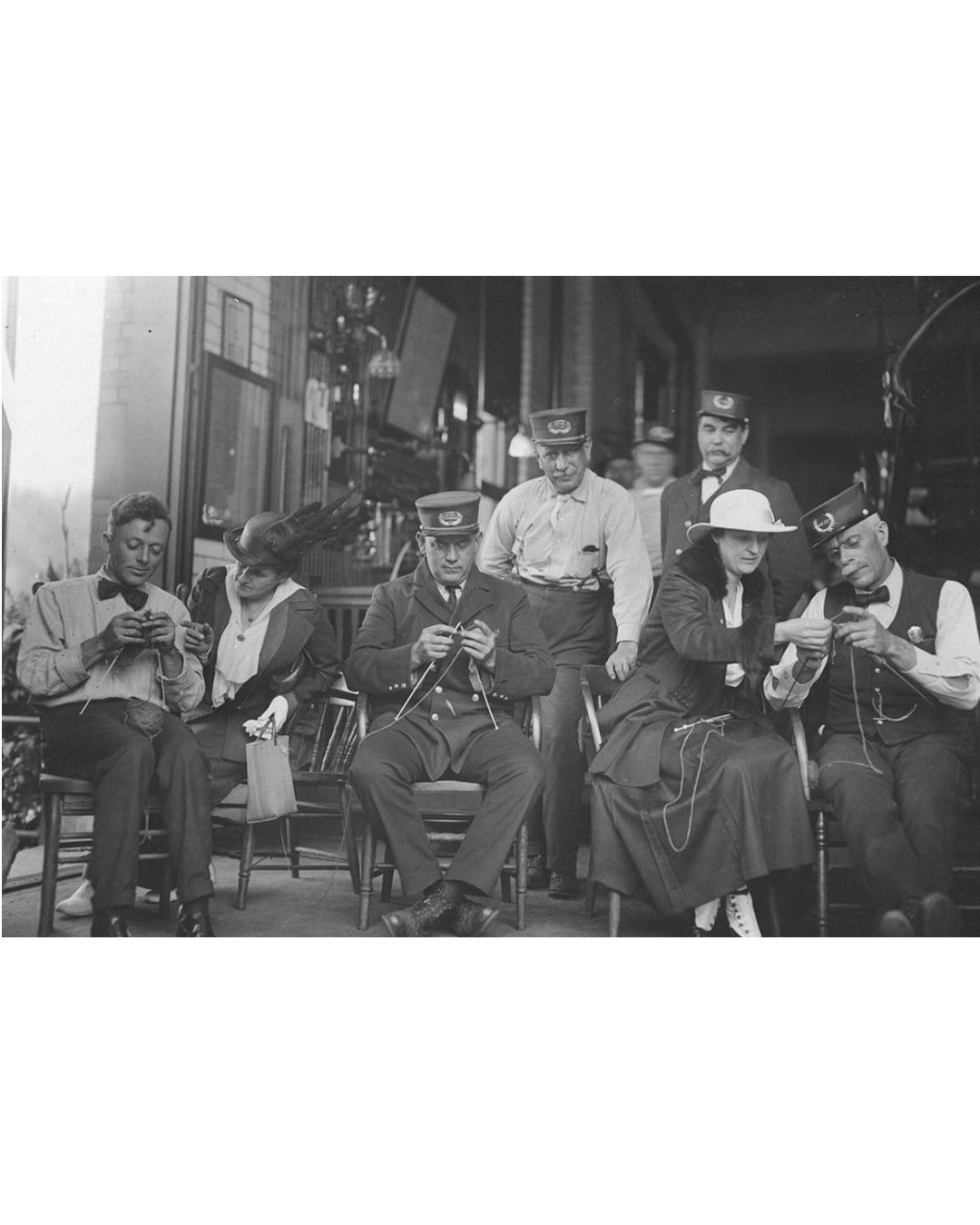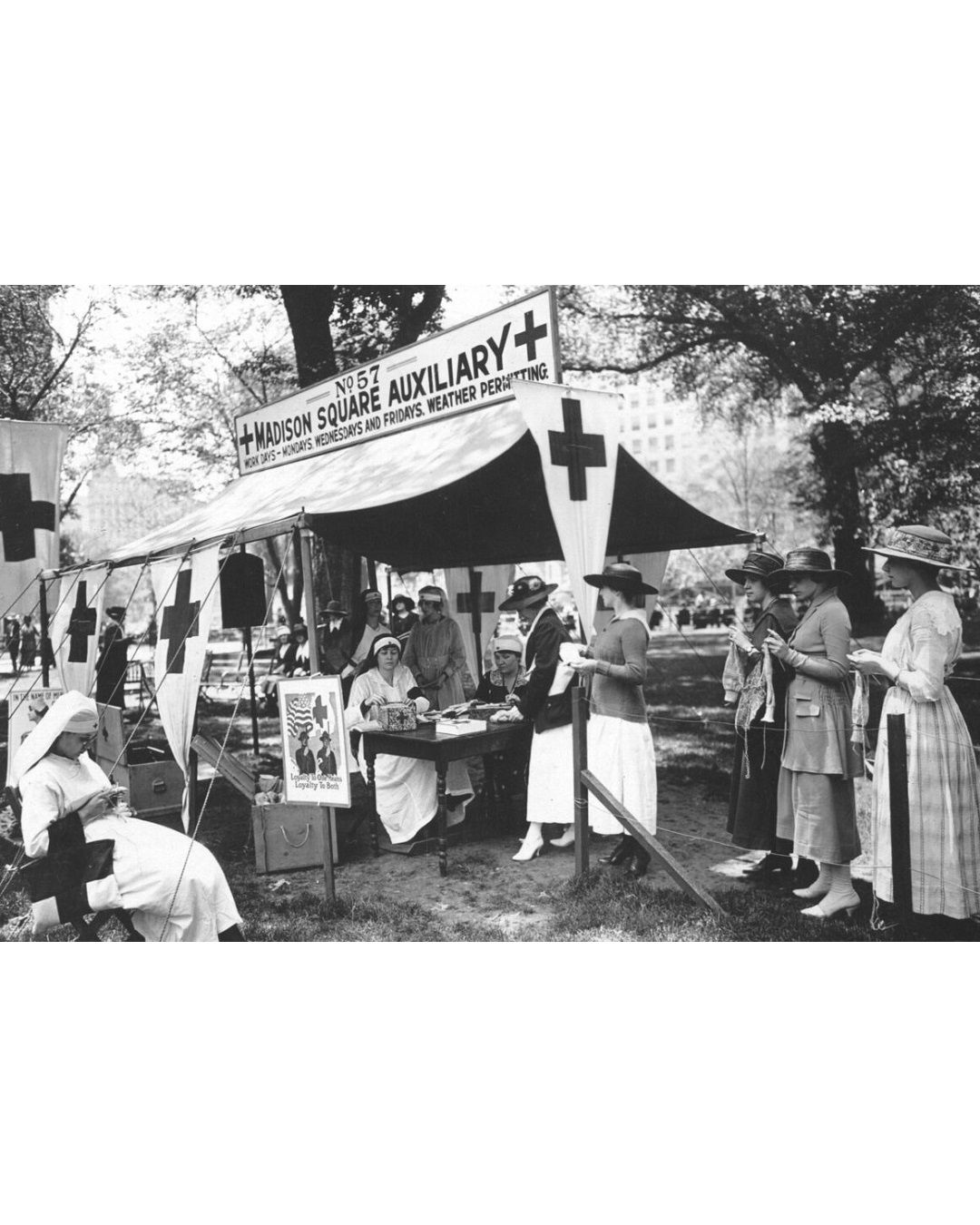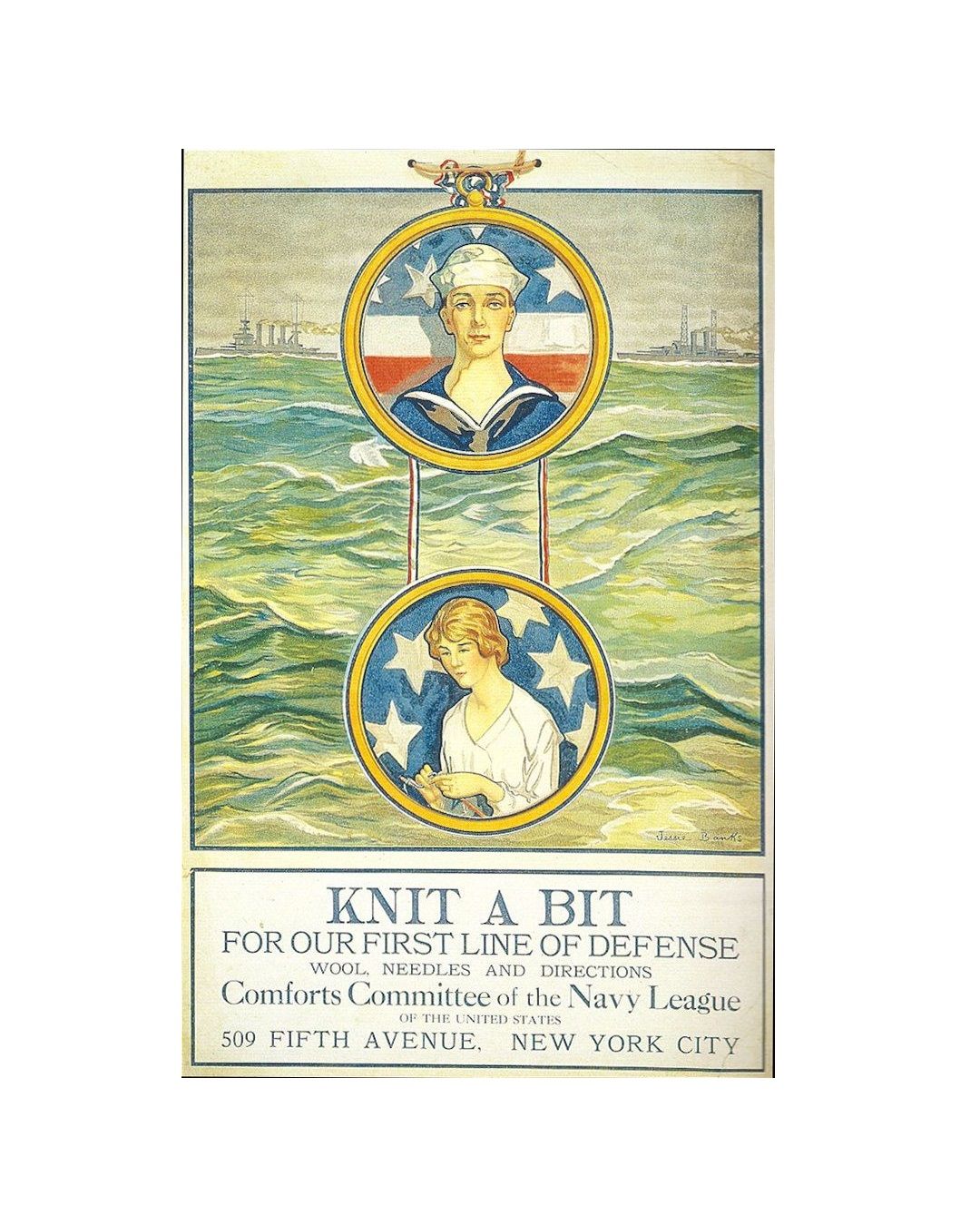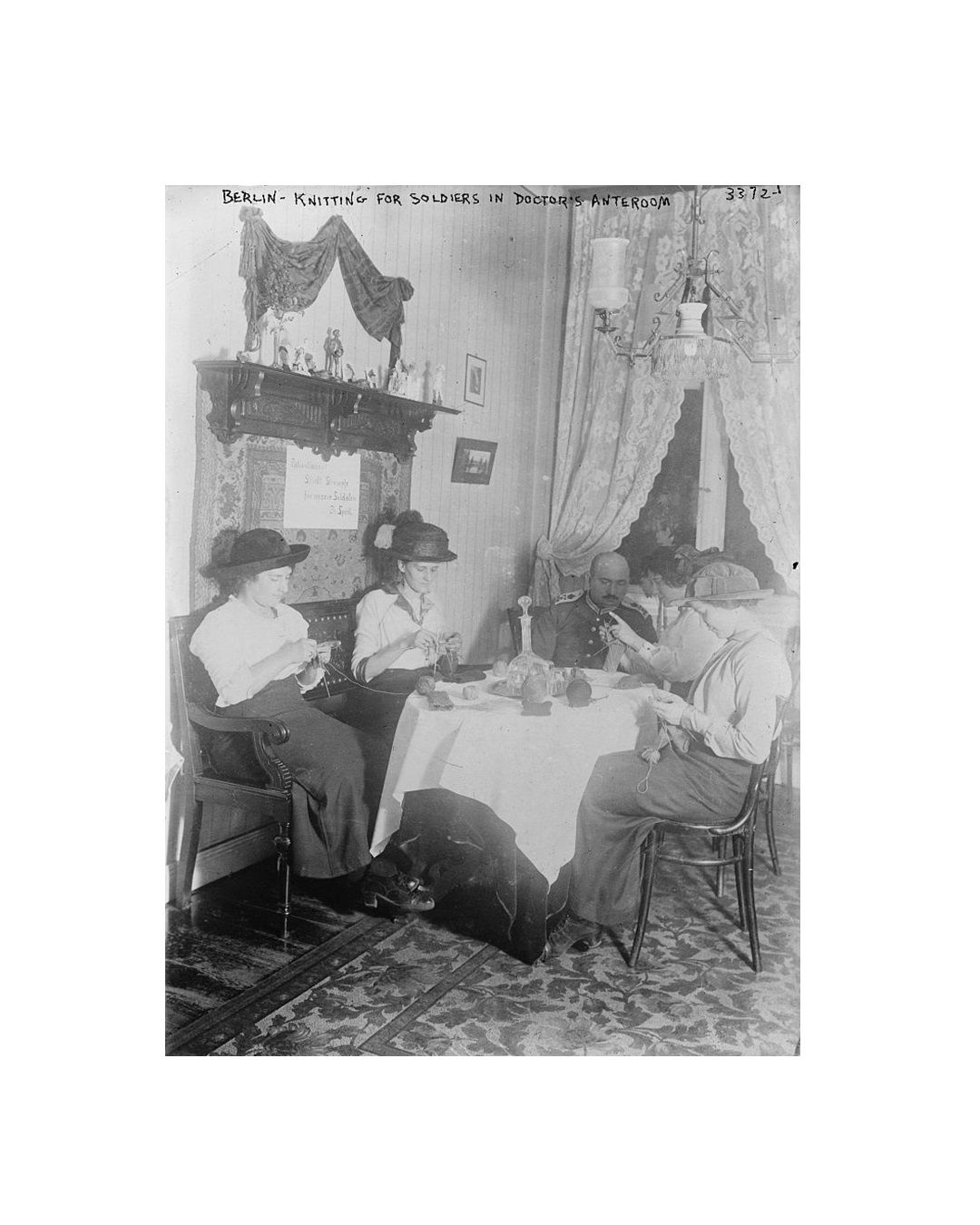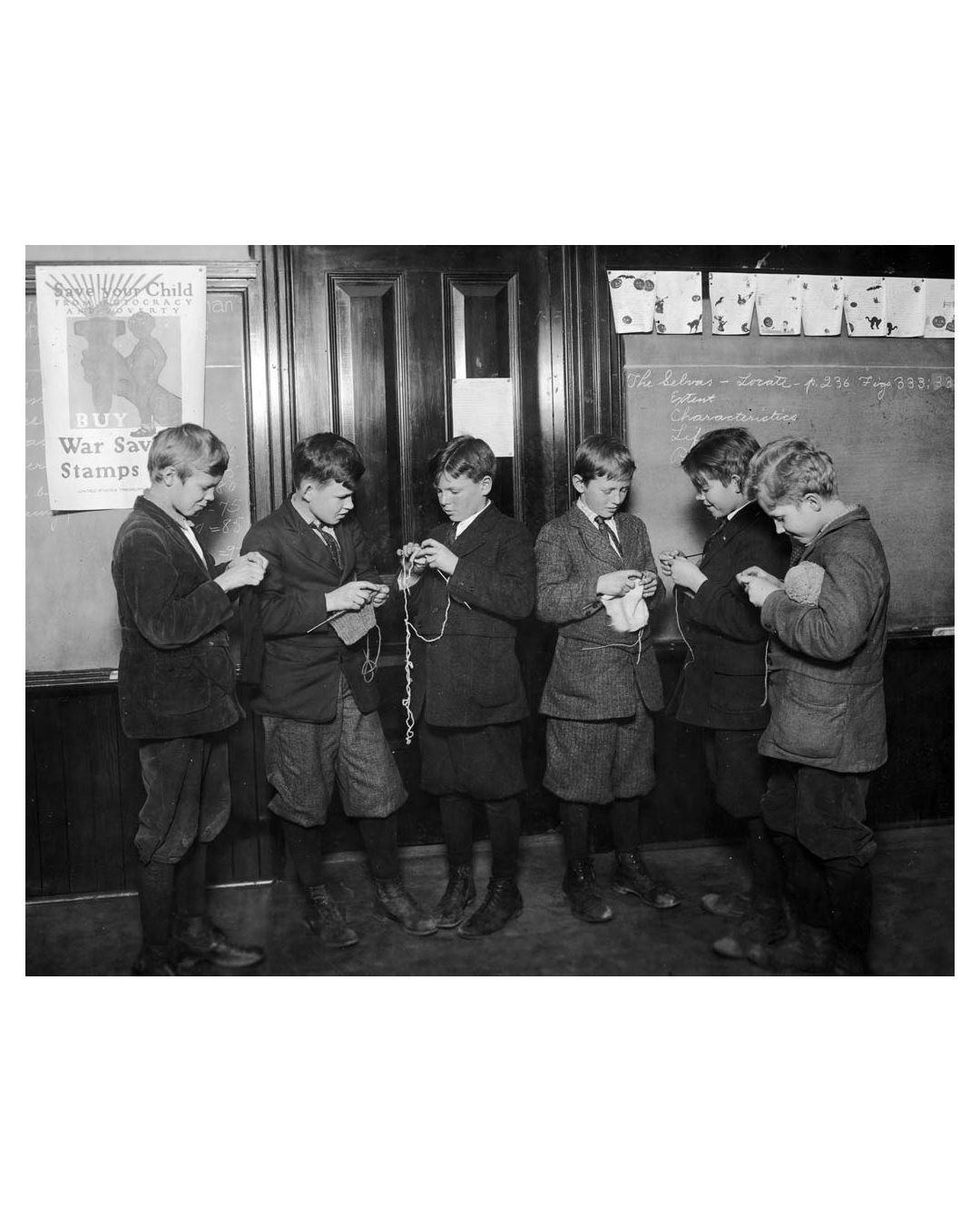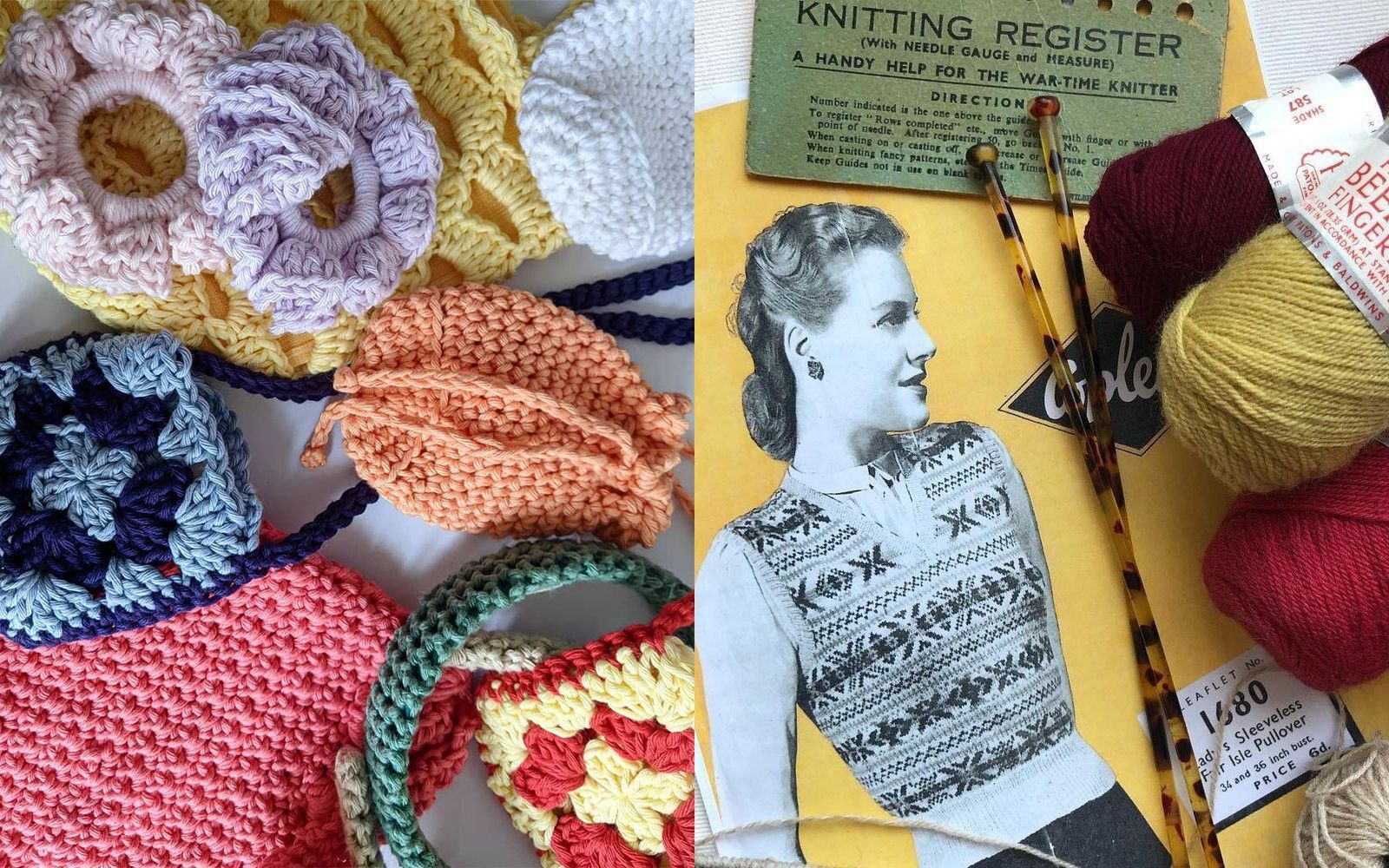
Crochet: when spies used knitting as a special tool When secret messages made by unsuspecting tricoteuses OO7 were hidden behind knit and purl stitches
Behind the knitting - today a trend loved by celebrities like Sarah Jessica Parker and Ella Emhof and by many fashion brands - hides a world of exciting adventures and mysteries, of intrigues and secret codes, of harmless-looking heroines who, thanks to this hobby, have contributed to the fate of epochal conflicts. Think about it. There is nothing more unsuspected than a woman knitting. Therefore, over the centuries there are many spies who chose this practice as a cover. From the French Revolution to World War II, spies have used knit and purl to disguise other activities or to hide actual secret messages in the scheme. Their names and daring exploits remained in the shadows for a long time, but now more and more magazines such as the German newspaper Süddeutsche Zeitung, blogs as Atlas Obscura or book as Sul filo di lana by Loretta Napoleoni are bringing to light the stories of Louise de Bettignies, Madame Levengle, Phyllis Latour Doyle, and other spy knitters.
Knit & purl
During many conflicts women were encouraged to knit socks, hats and other clothing for soldiers, so finding one or a group of them holding needles and balls in every location, from a restaurant to a hospital waiting room, was quite common. Thus, it's not all that strange that spies often used this crafty activity to remain unnoticed and keep an eye on their enemies. As Gyles Daubeney Brandreth and Peter Stevenson explain in Writing Secret Codes and Sending Hidden Messages, after the invention of Morse code, people soon realized that knitting was a kind of binary code and that knit and purl were so similar to stitch and line were perfect to communicate messages, which only an expert, observing the pattern and colors used, could correctly interpret. By making a specific combination of stitches, spies could disguise and disseminate information under the innocent form of a scarf or hat. The result was what we now call steganography, which is a way to physically hide a message in an image, file, or otherwise.
From the American War of Independence to the "tricoteuses" of the French Revolution
The relationship between knitting and intelligence dates back a long way. During the War of Independence, George Washington used knitters to control the moves of the British. One of the most famous was Molly "Old Mom" Rinker. It is said that, when the enemies occupied Philadelphia in 1777, the woman, who owned a tavern, listened to their speeches, wrote down the information on a small piece of paper, wrapped it around a stone and then covered it with thread until it became a normal-looking ball of yarn. Then, she left the house, sat on a rock overlooking the Wissahickon Valley where she would pretend to knit and drop the balls of yarn with the secrets of the British so that General George Washington's troops could catch and read them. Even more famous were the tricoteuses who sat in front of the guillotine during the French Revolution shouting insults with their knitting needles in hand. It was their way of fighting for the integration of women into society, publicly opposing aristocracy and patriarchy. Charles Dickens talks about it in Tale of Two Cities, the 1859 story that has as its protagonist Thérèse Defarge a tricoteuse who during the Terror inserted the names of future victims to be executed between the stitches of her works.
Knitting for Victory
With the World Wars, knitting began to be considered by many states as an integral part of the war effort. Governments, primarily the United States, with the help of the Red Cross, asked people of all ages, from children to the elderly, to knit sweaters, socks and other garments to keep soldiers warm. Among the great supporters of knit and purl as a "fighting tool" were members of the British royal family, Hollywood stars such as Liz Taylor, Bette Davis and Marilyn Monroe, and American First Lady Eleanor Roosevelt, famous for having promoted the Knit for Defense campaign in 1941 in which she called on women to make clothes for the war front.
Although for most people knitting was their way of contributing to the war for a group of brave women it was much more than that, it was a perfect 007 cover. Any examples? In Belgium and France, elderly women who lived near railway lines and freight depots (one of the most famous was Louise de Bettignies, codenamed Alice Dubois, who inspired Kate Quinn's book The Alice Network) were recruited by the Resistance and British intelligence to watch German movements and report them in their yarns: two rows of straight knit corresponded to German trains carrying troops, a reverse knit indicated wagons full of ammunition. Before being caught, American Elizabeth Bentley aka The Red Spy Queen moved top-secret material from the U.S. government to Soviet agents for years inside her bag full of balls of wool, knitting needles and fabrics.
Interesting is also the story of the New Zealander Phyllis "Pippa" Latour Doyle. Trained by the British to become a spy, on May 1, 1944, she was parachuted by an American B-24 bomber into the Normandy sky with the aim of obtaining information from the Germans and referring it to the Resistance. With her naive schoolgirl look, the 23-year-old went into the enemy lines carrying in the basket of her bicycle her knitting woven with special stitches revealing the position and movements of the occupying army. The decryption code was, instead, written on a piece of silk thread that she wore as a ribbon in her hair. Latour, who kept her activity as a spy secret until several decades after the end of the war, sent 135 coded messages to the British command showing the Allied bombers the targets to hit. Do you still think a knitter is the antithesis of a spy?
Knitting for change
With the end of the great wars, knitting assumed new meanings. In the 1960s, for hippies knitting and making their own clothes was a stand against capitalism and standardization. More recently, in the 2000s, the Revolutionary Knitting Circle movement called for people to use knitting needles as a way to rebel against globalization, while in the same period, the colorful street art and spontaneous movement against any discrimination known as Yarn bombing or Guerilla knitting was born in Texas. And what about the Pussyhat activists? The movement protesting Donald Trump's inauguration in the White House, with their pink beanies featuring cat ears, which are a symbol of women empowerment and were made by Knitty City, a knitting and crochet shop in New York's Upper West Side, colored the 2017 Women's March.















